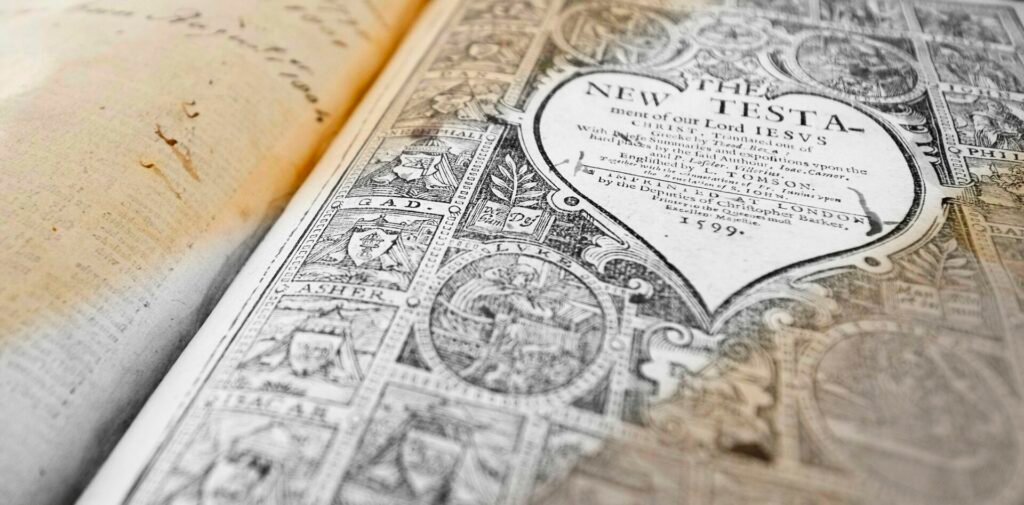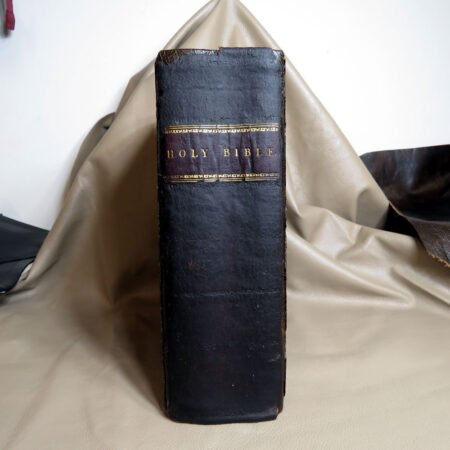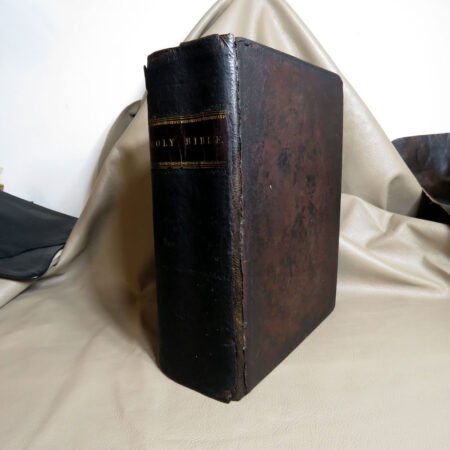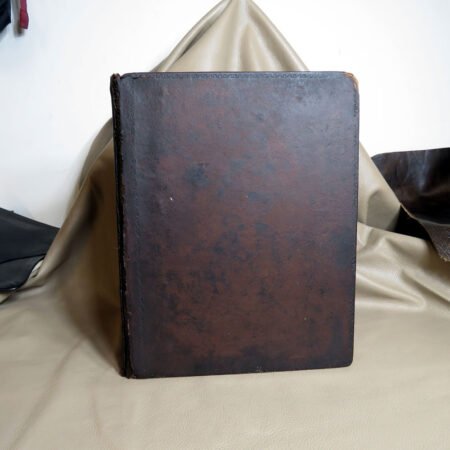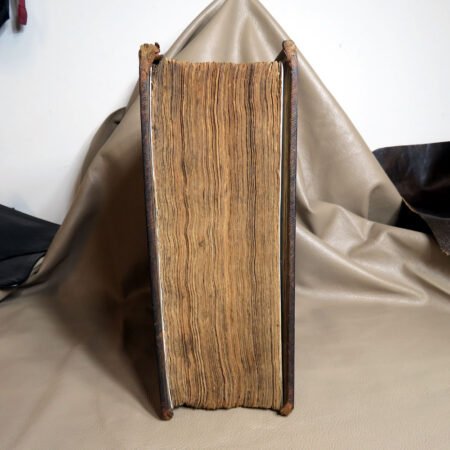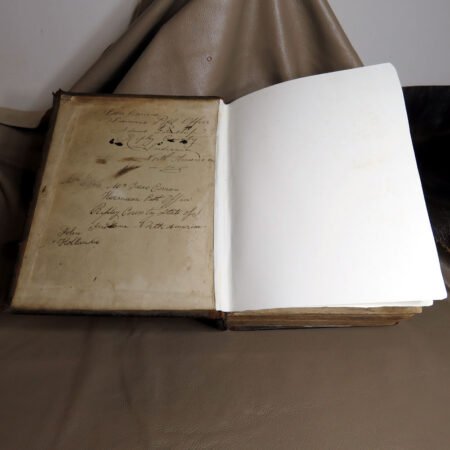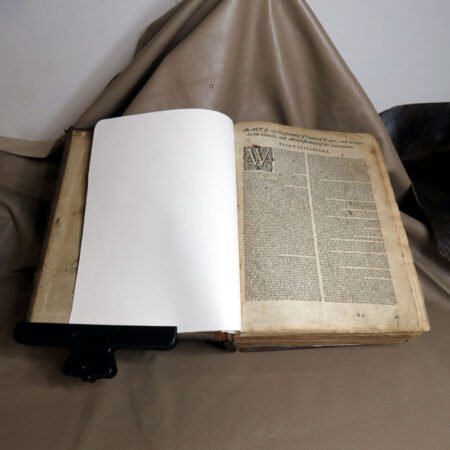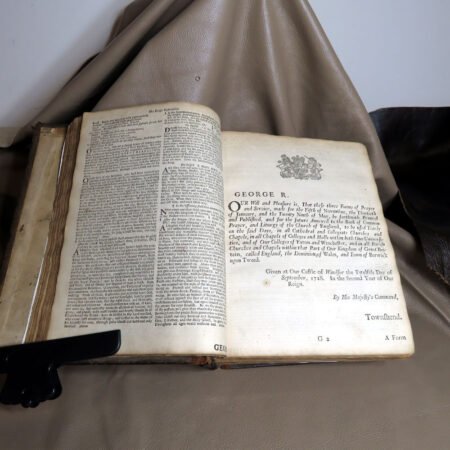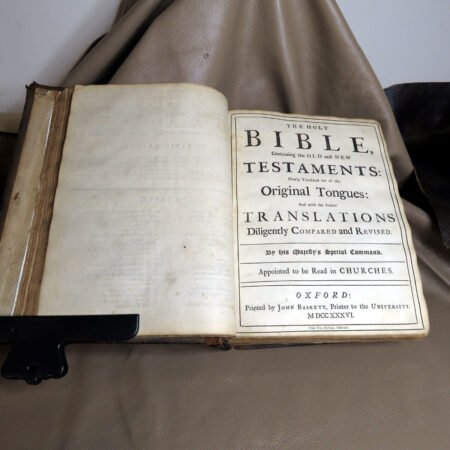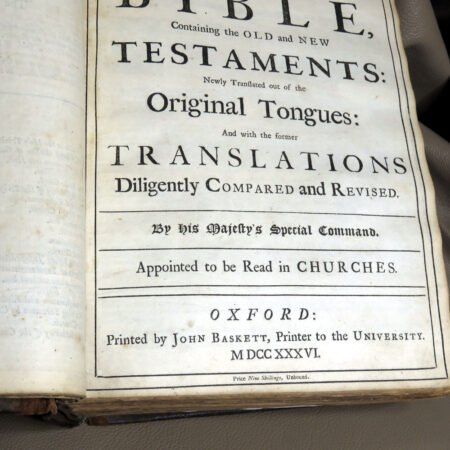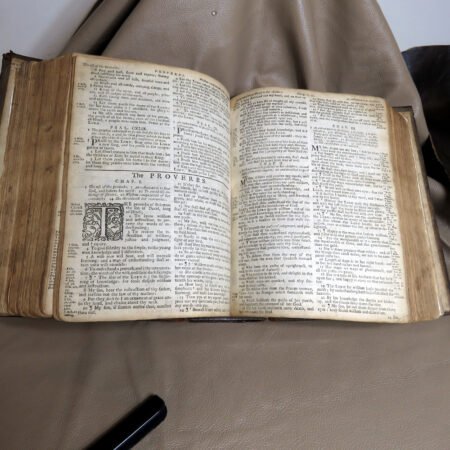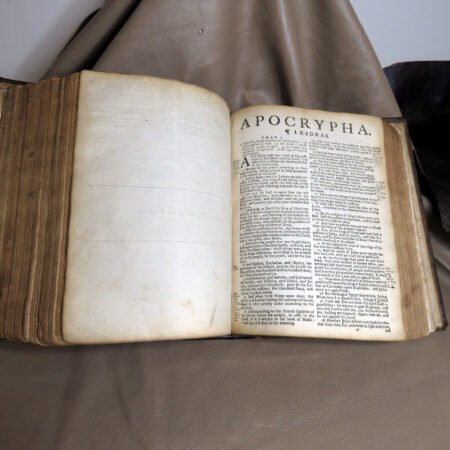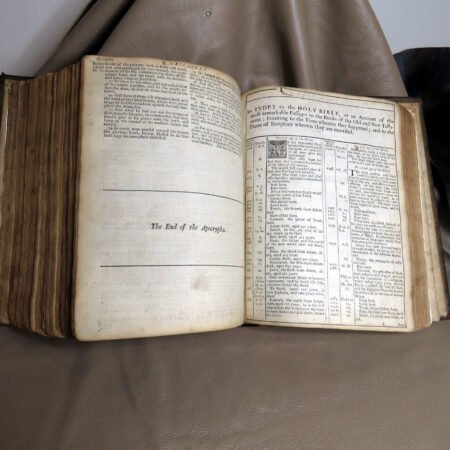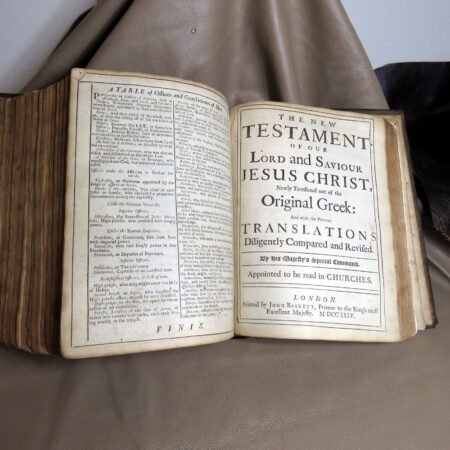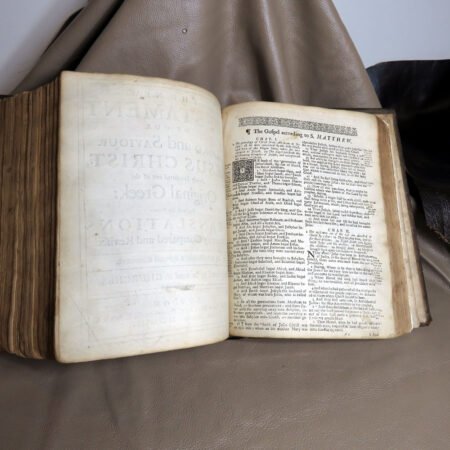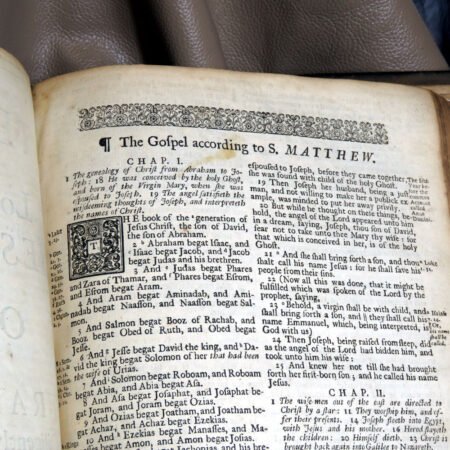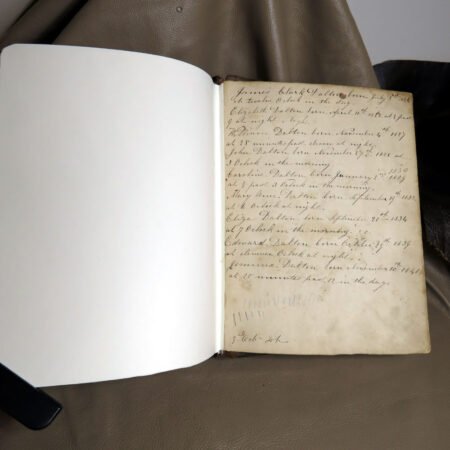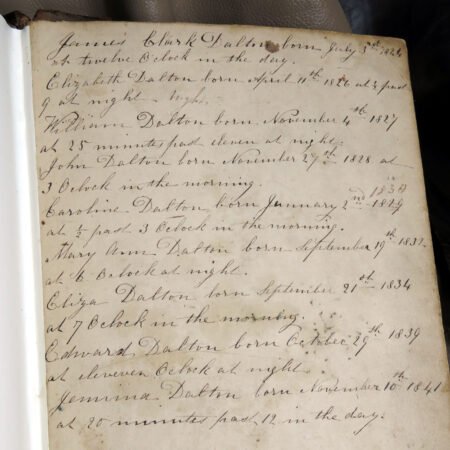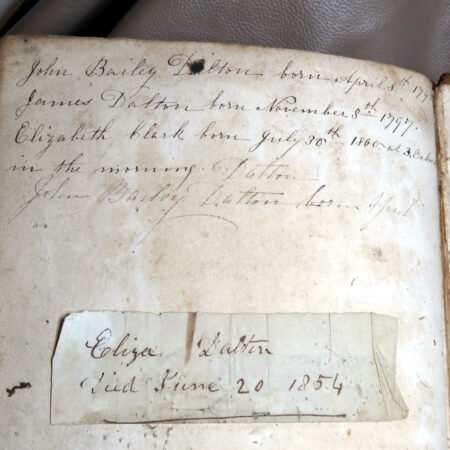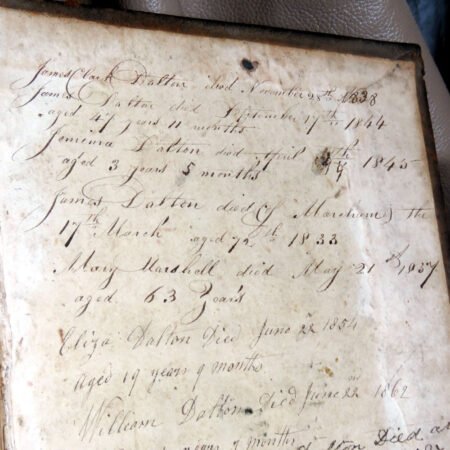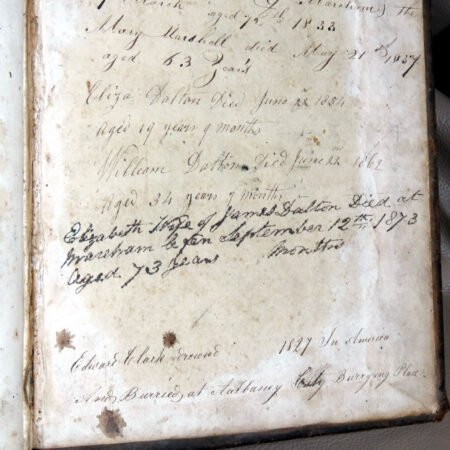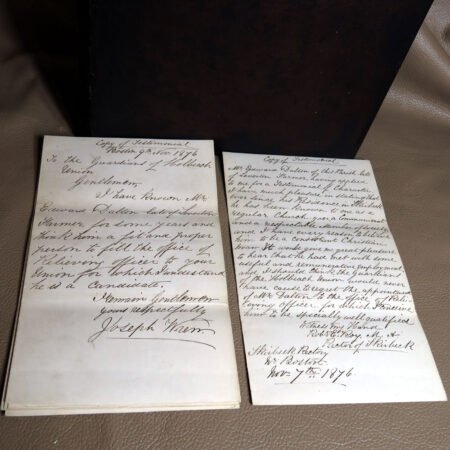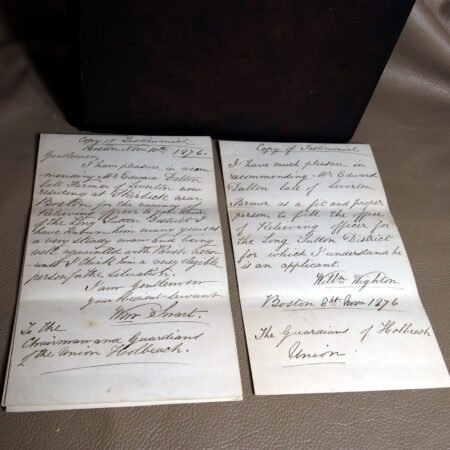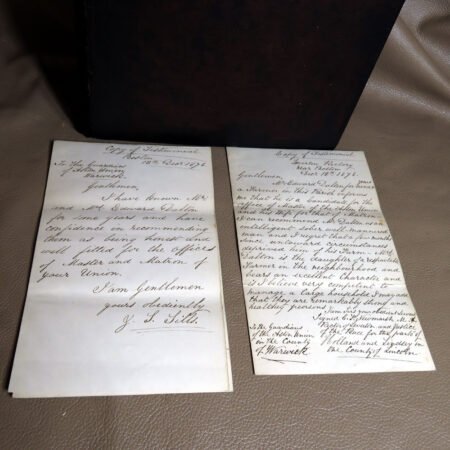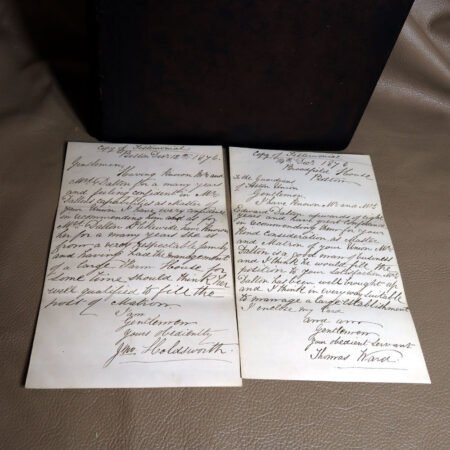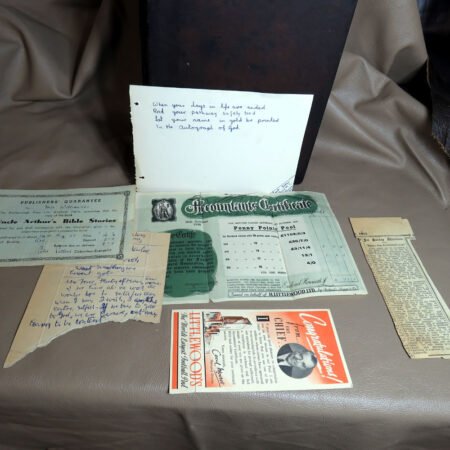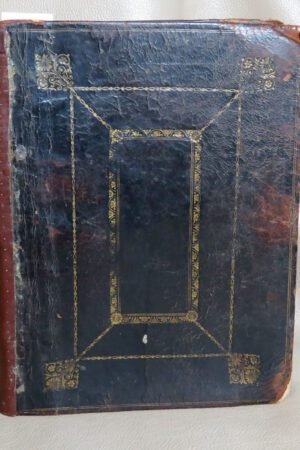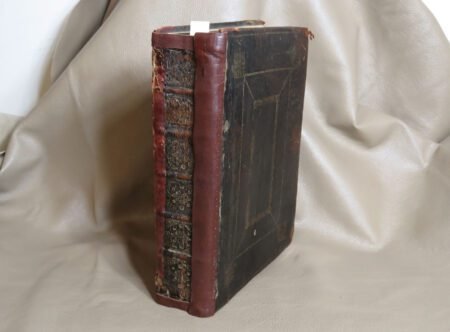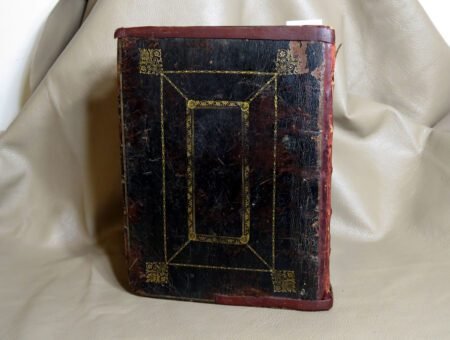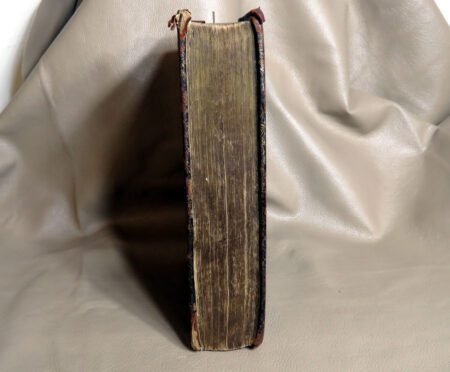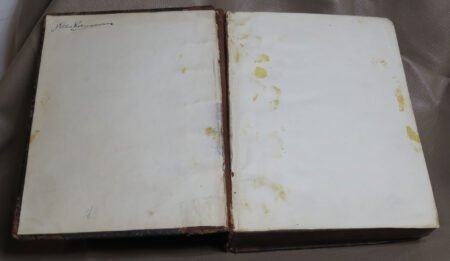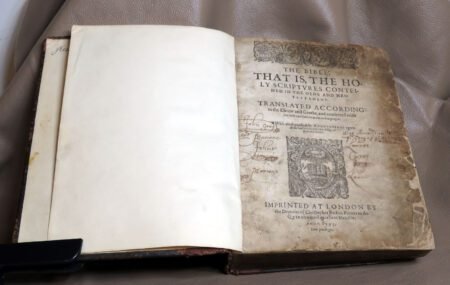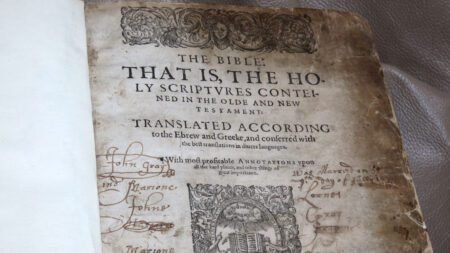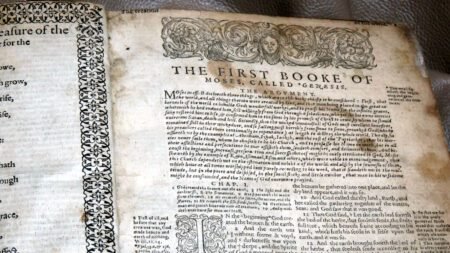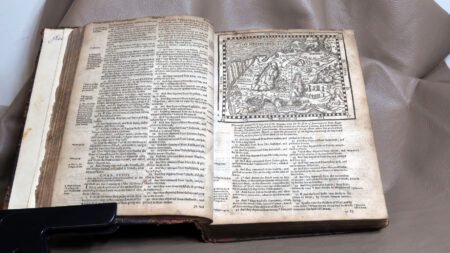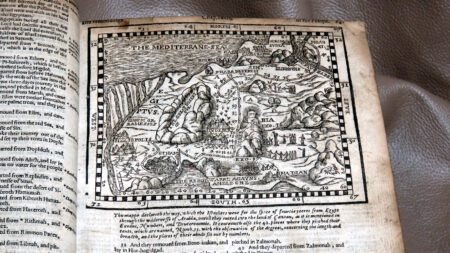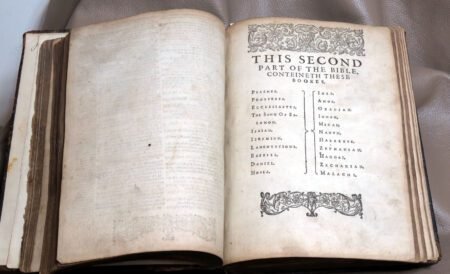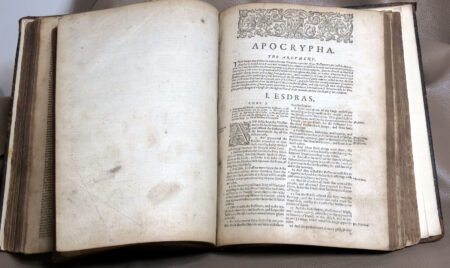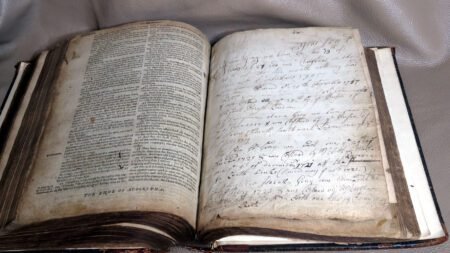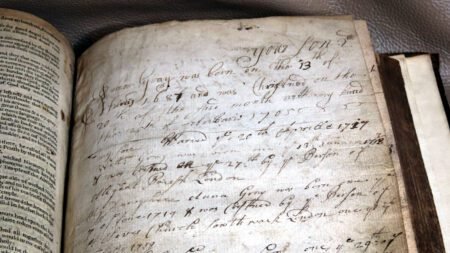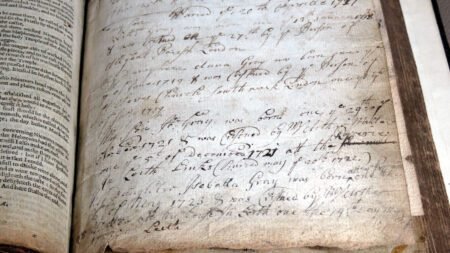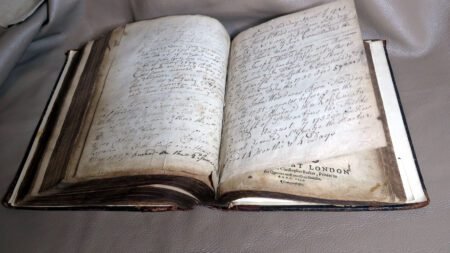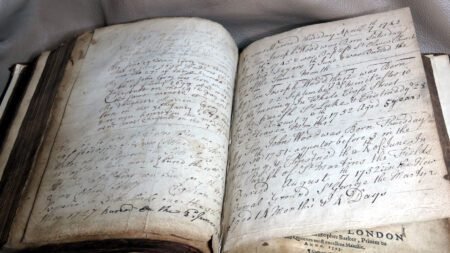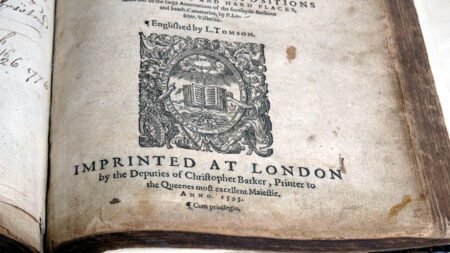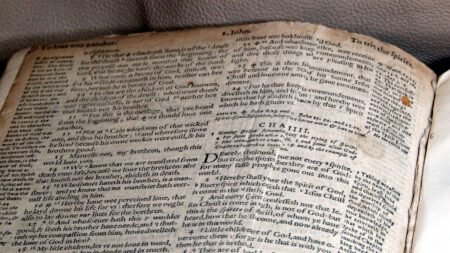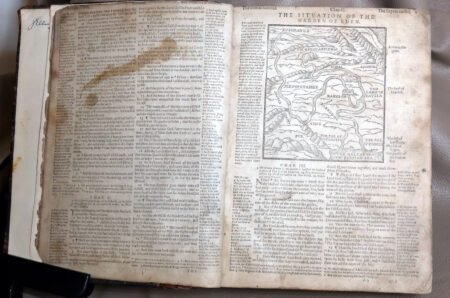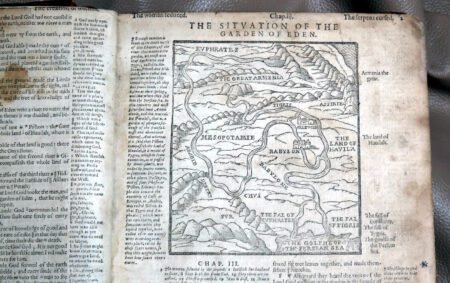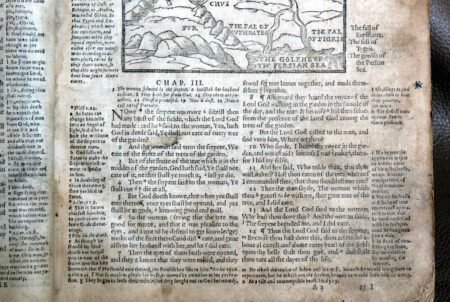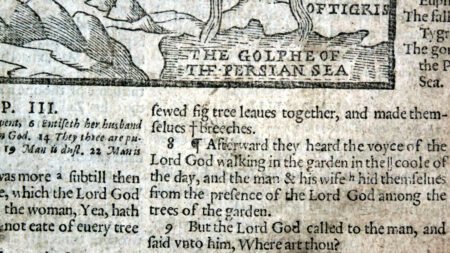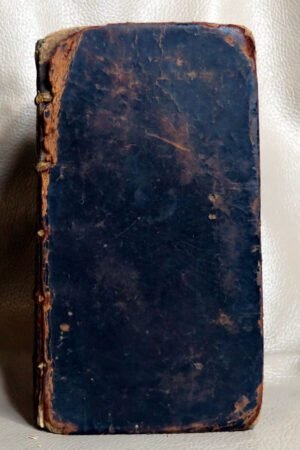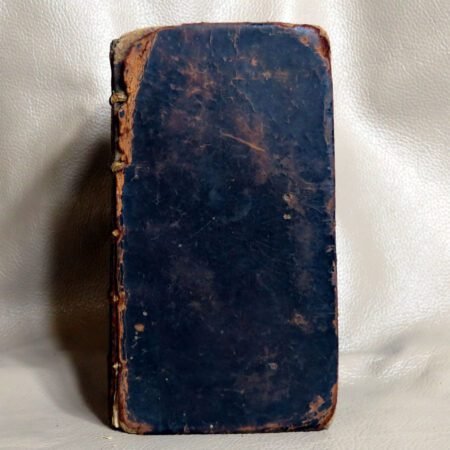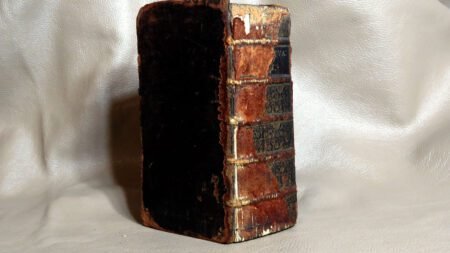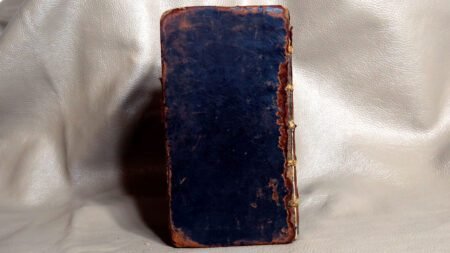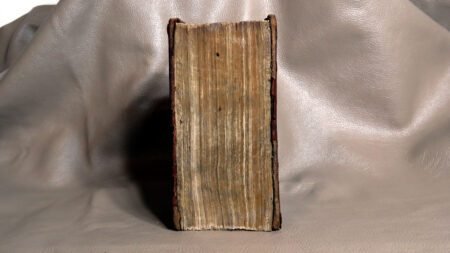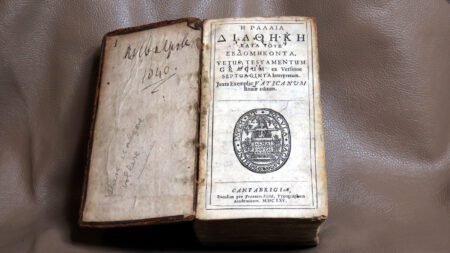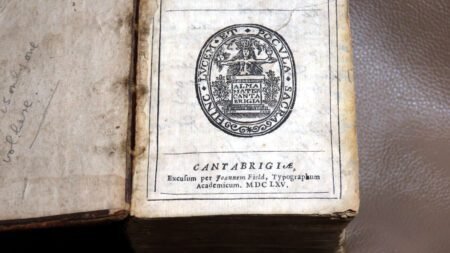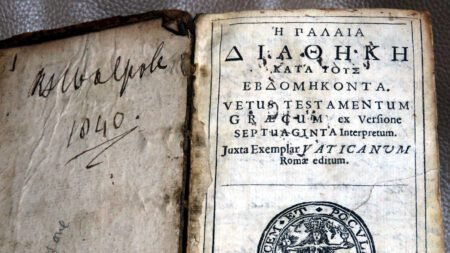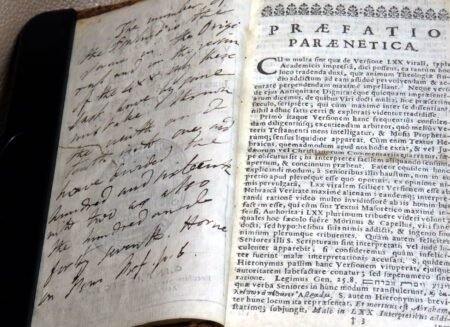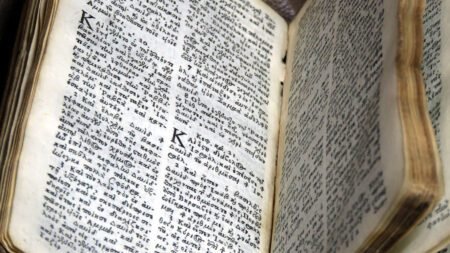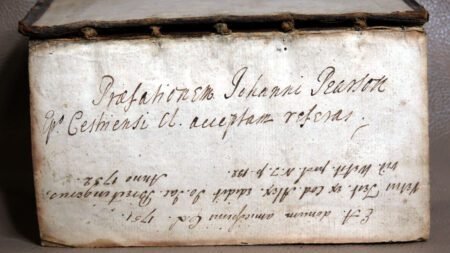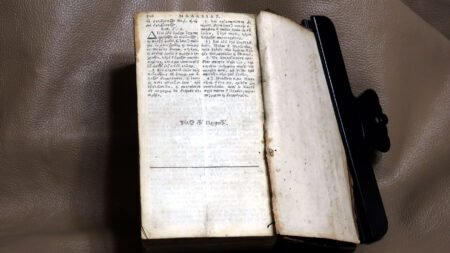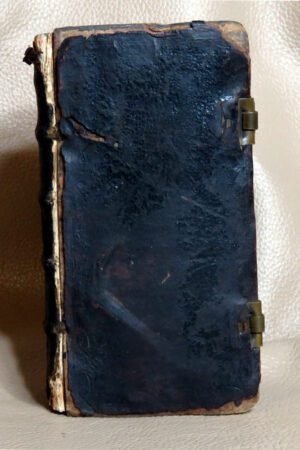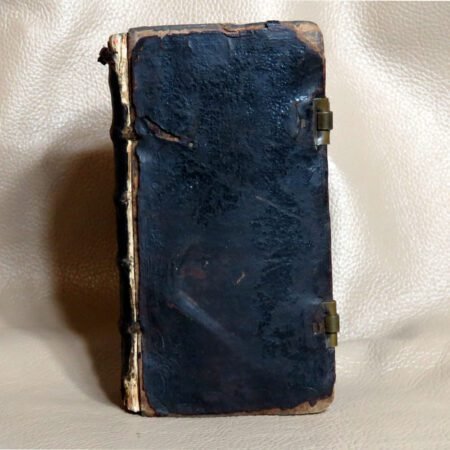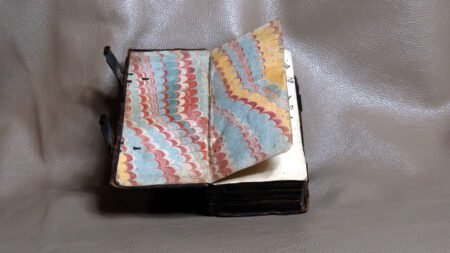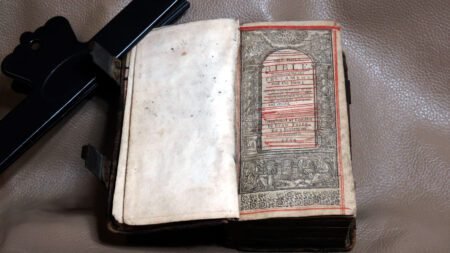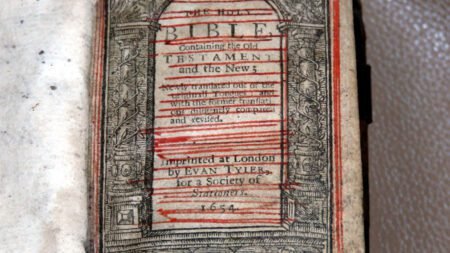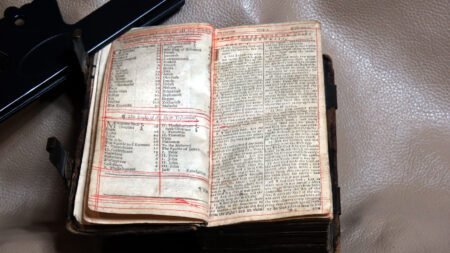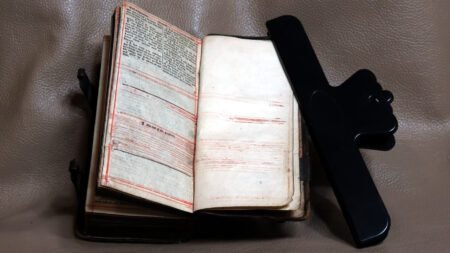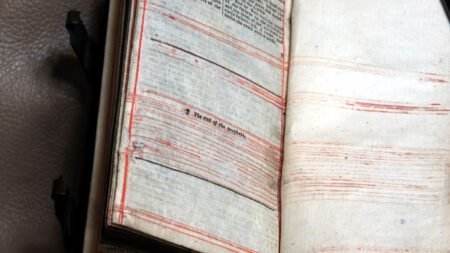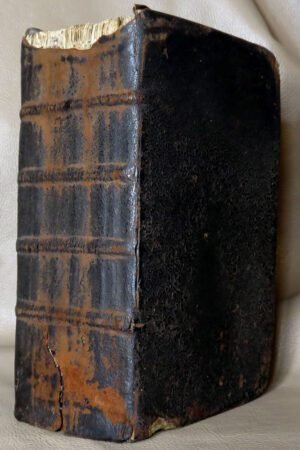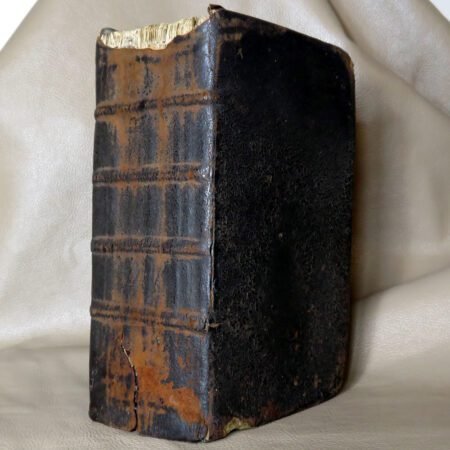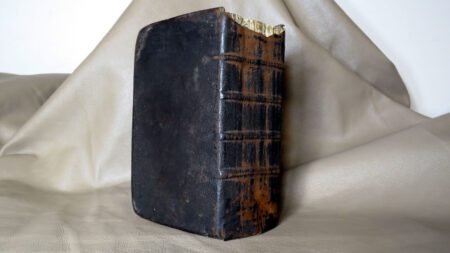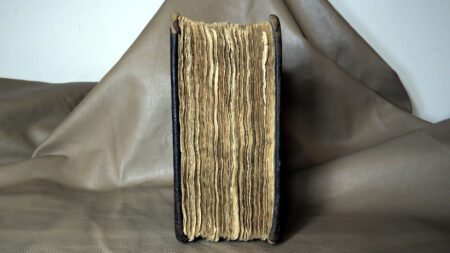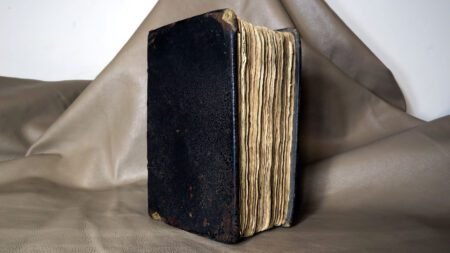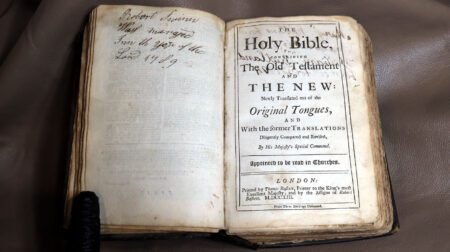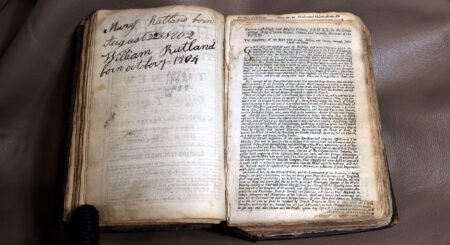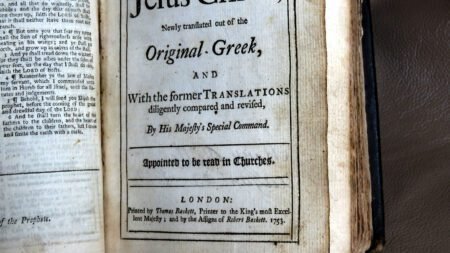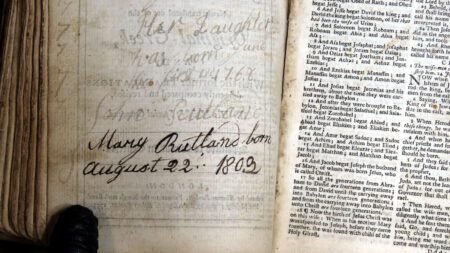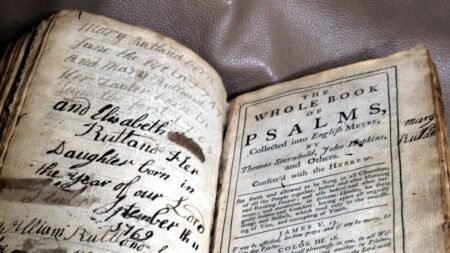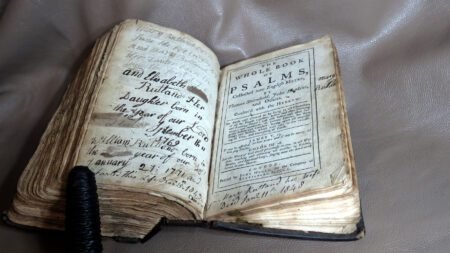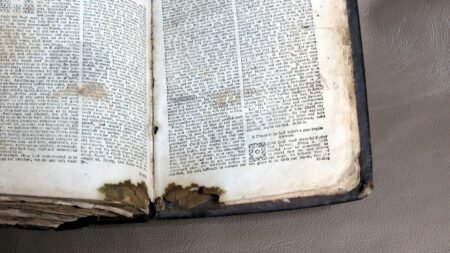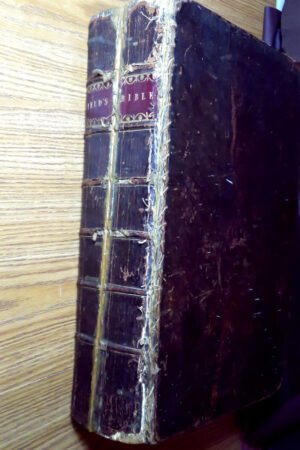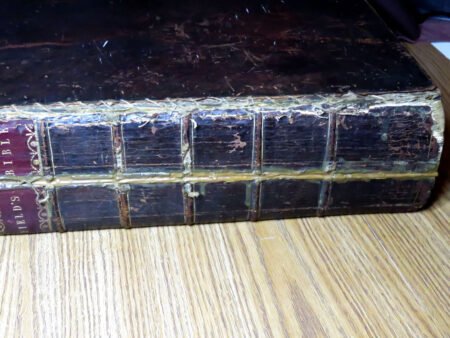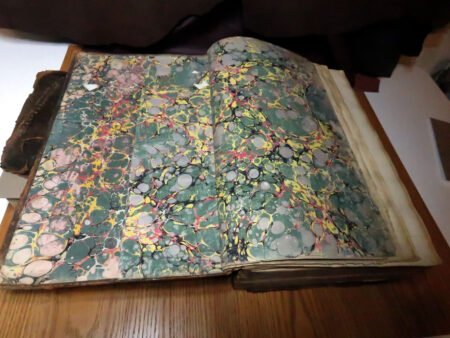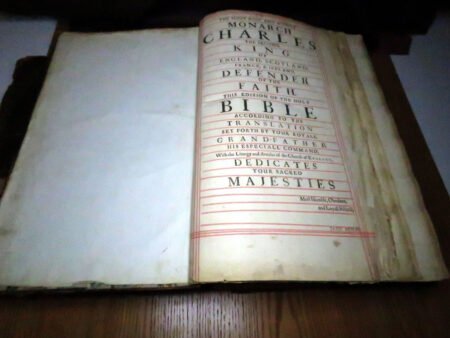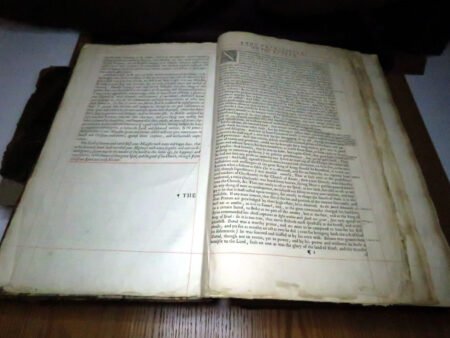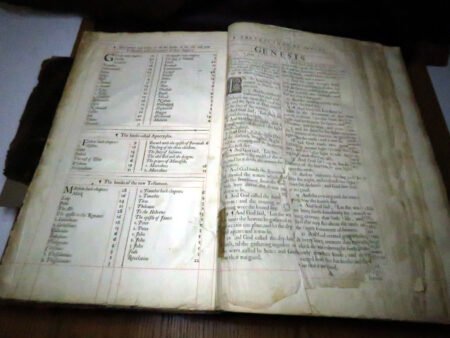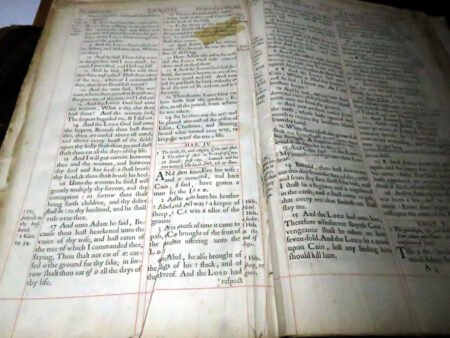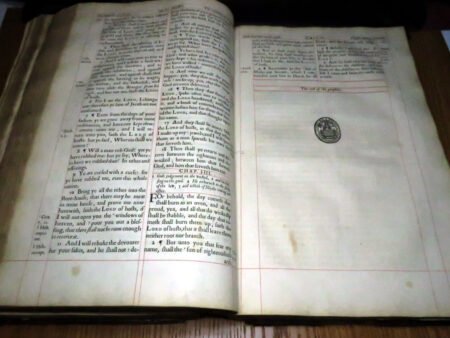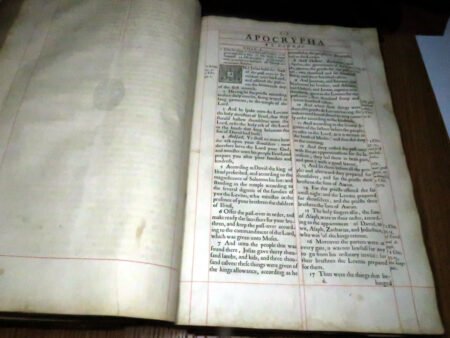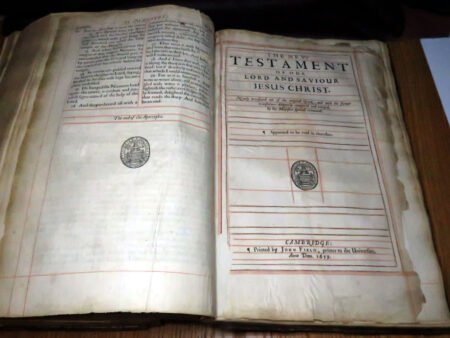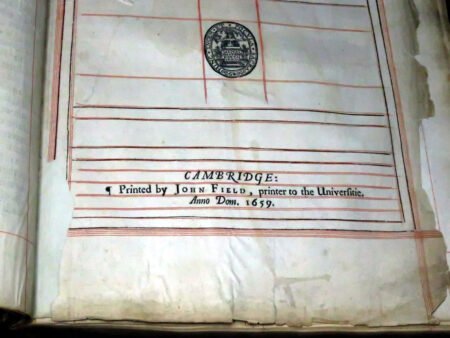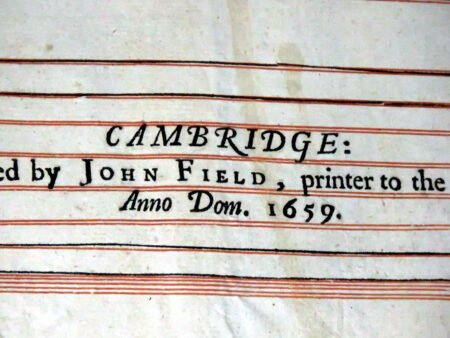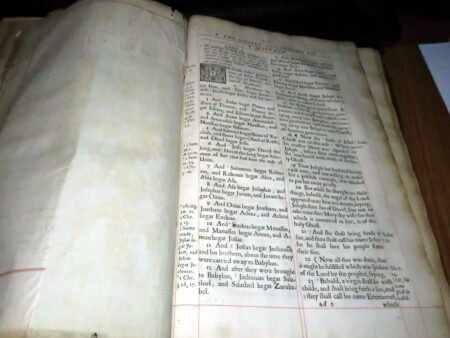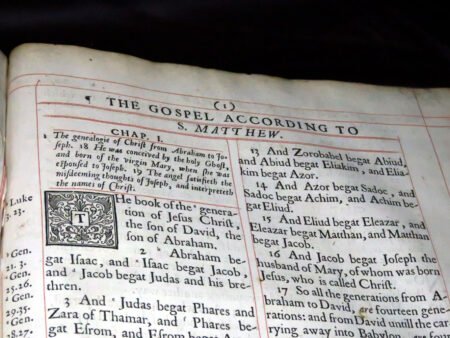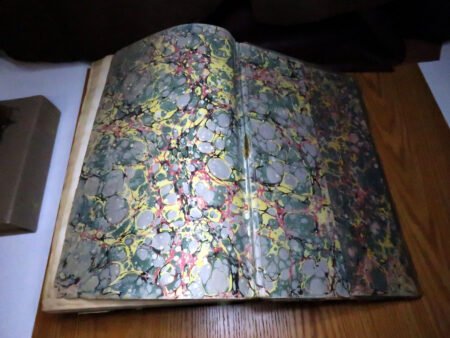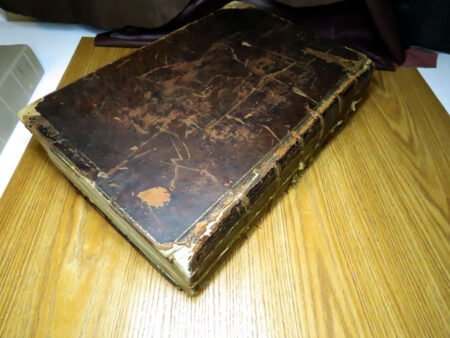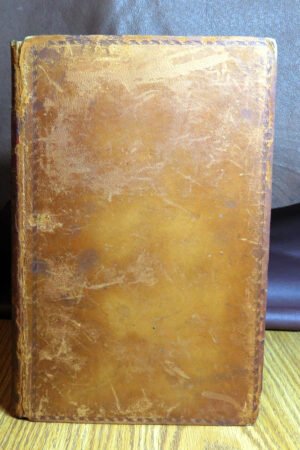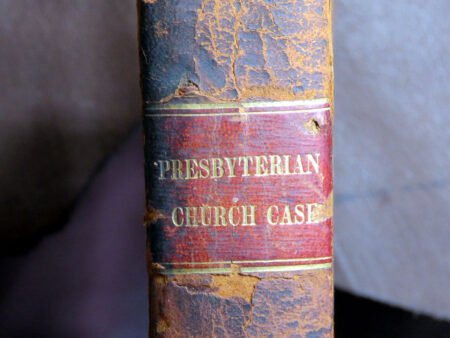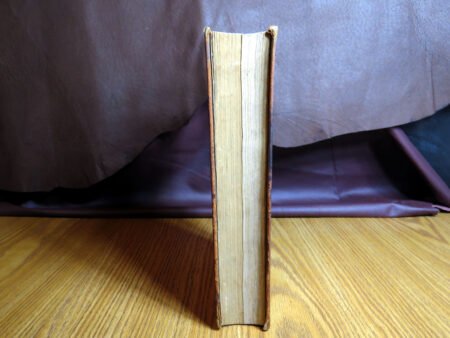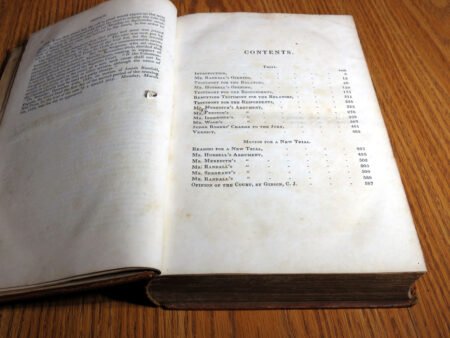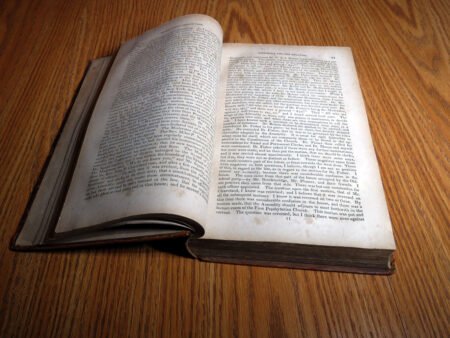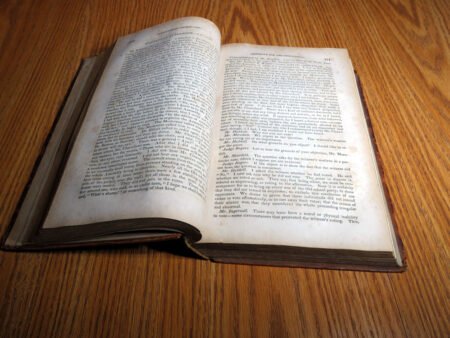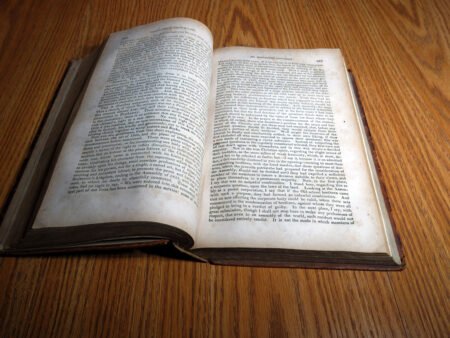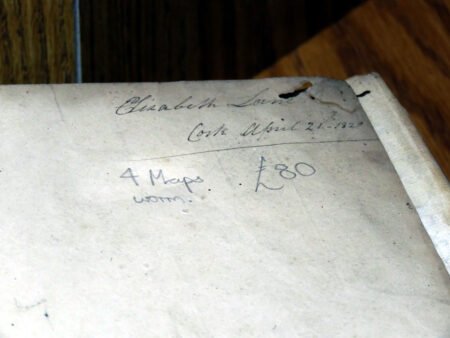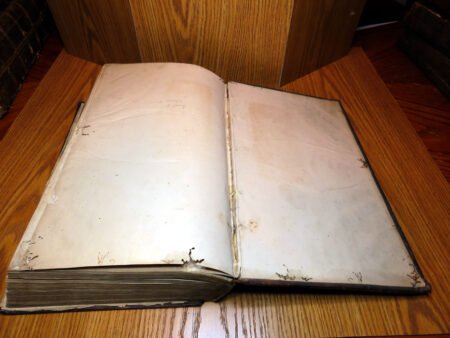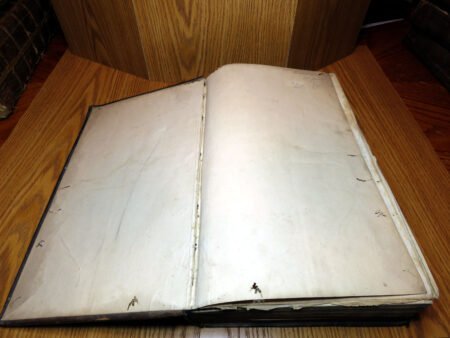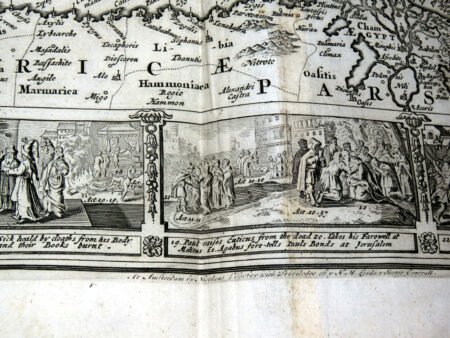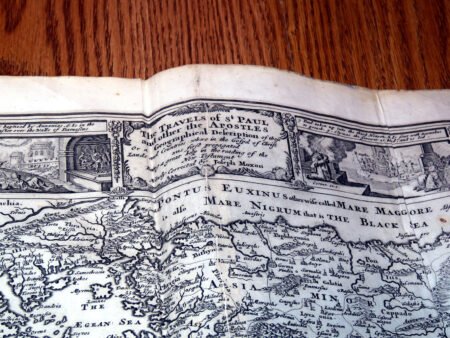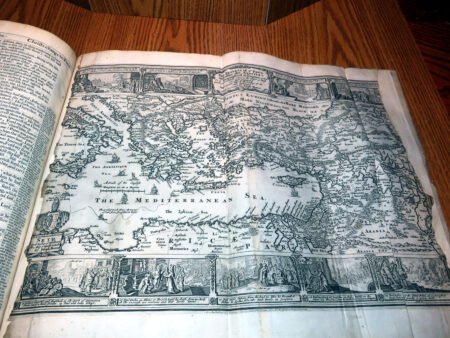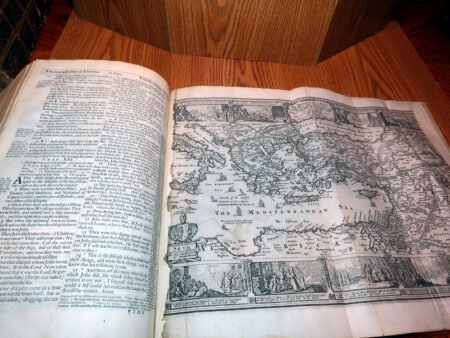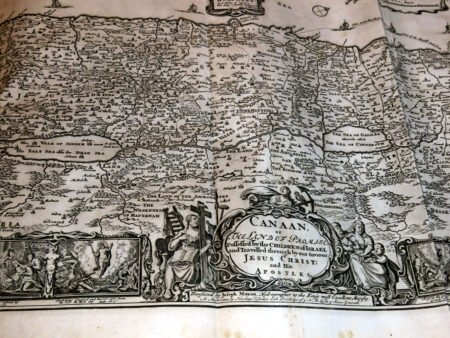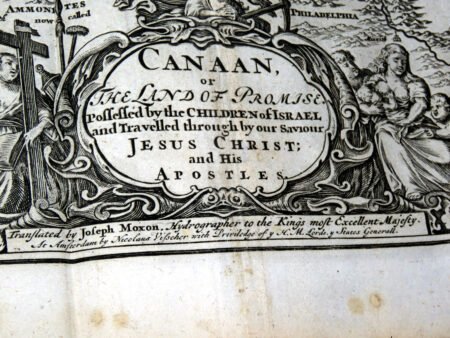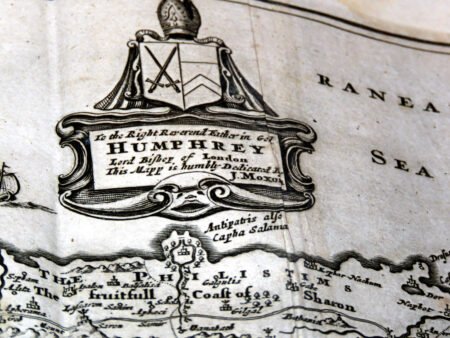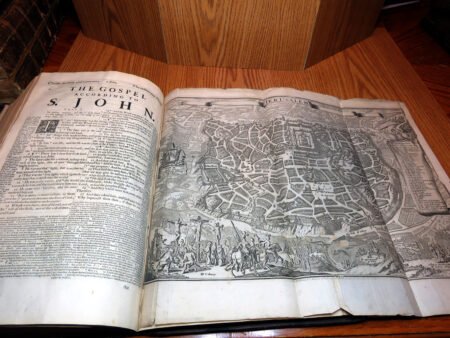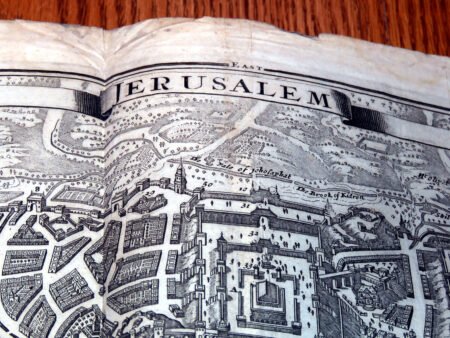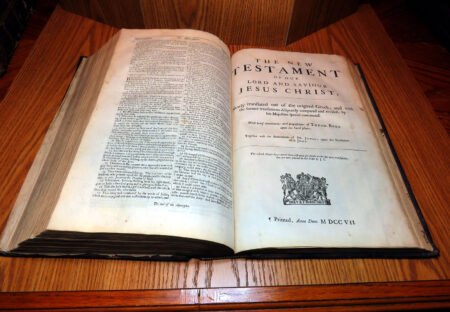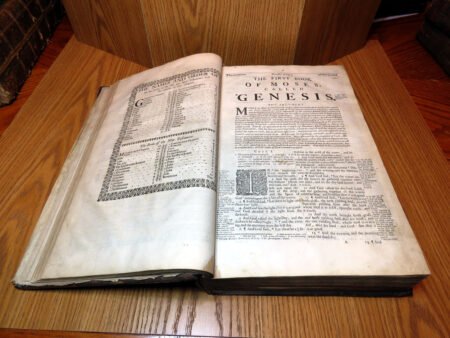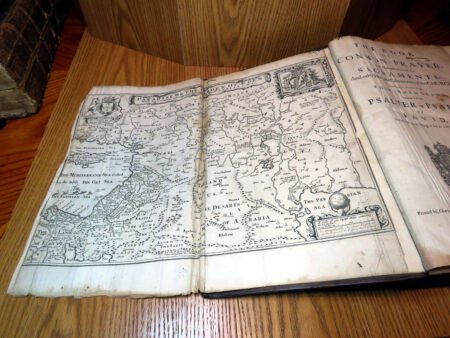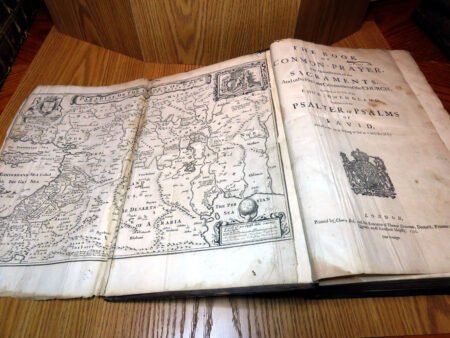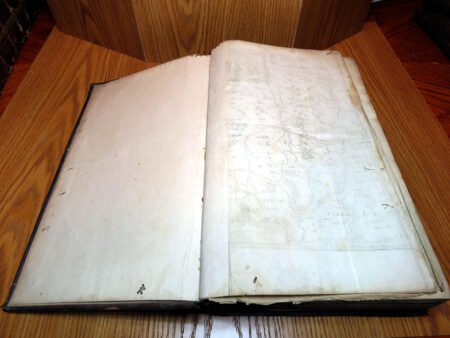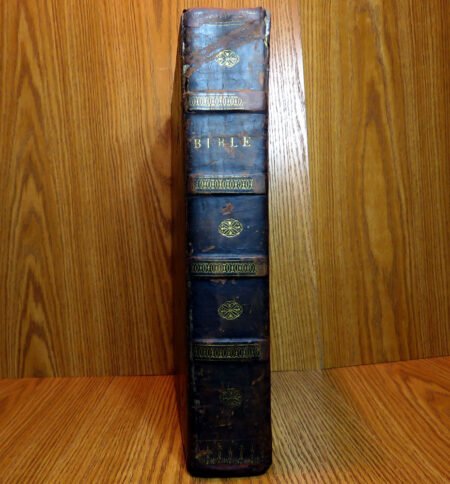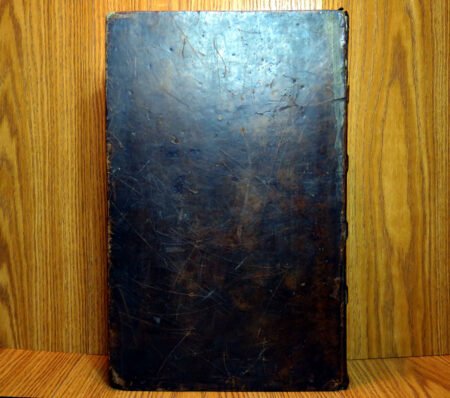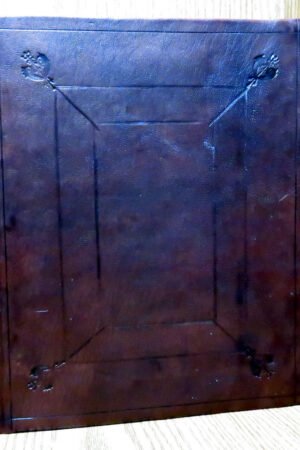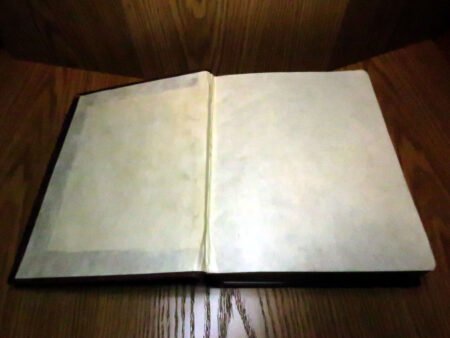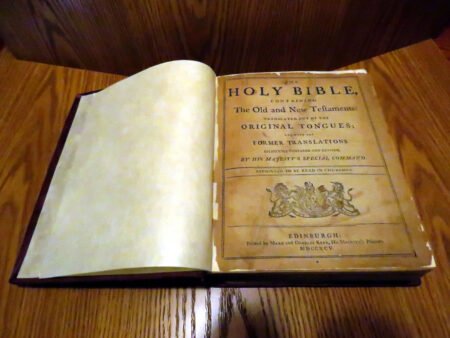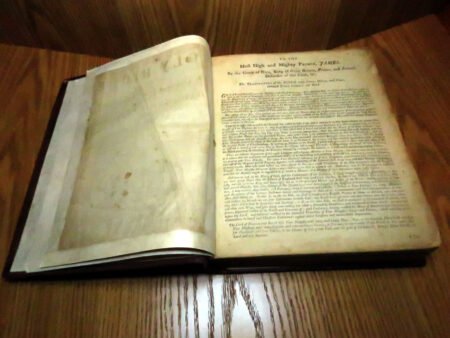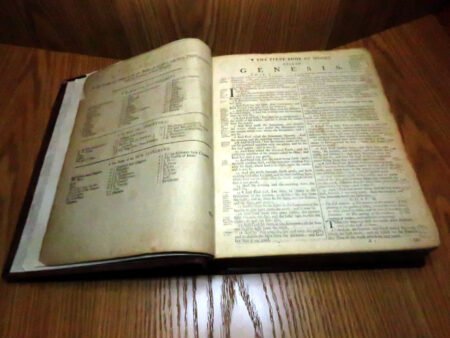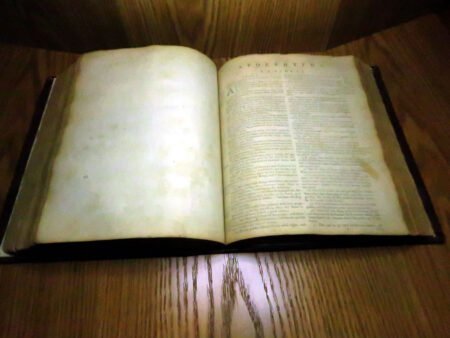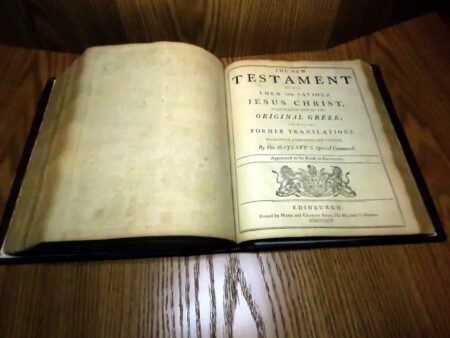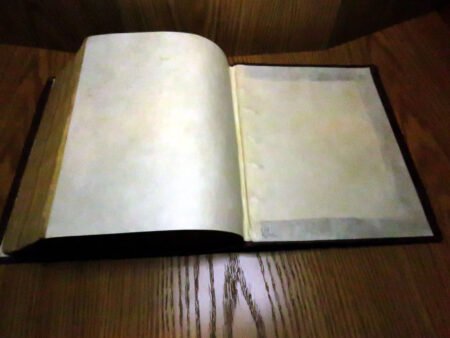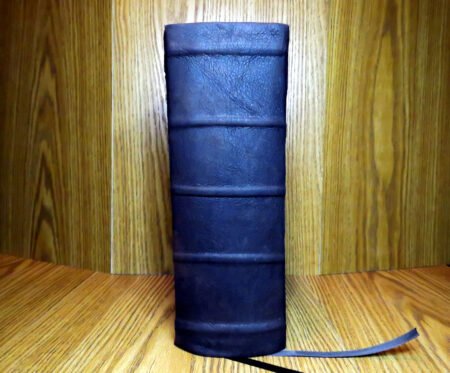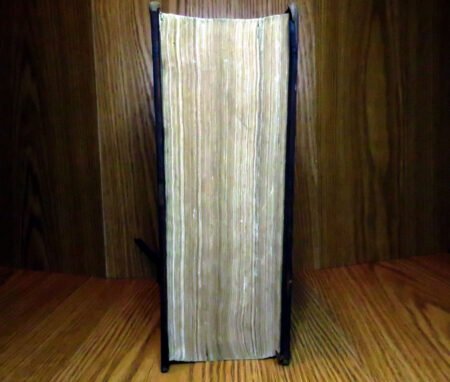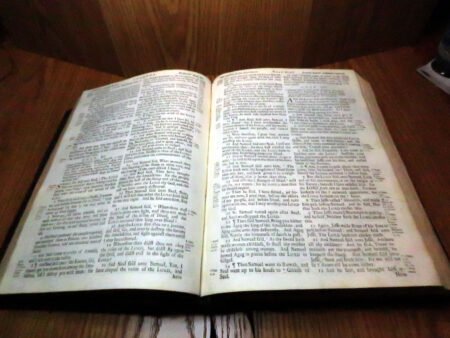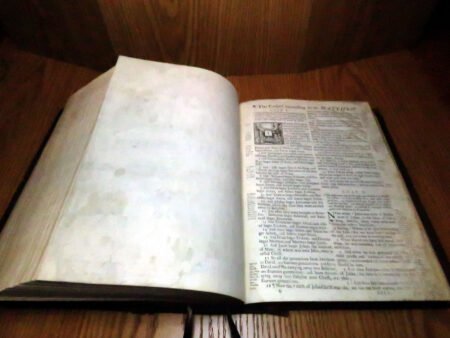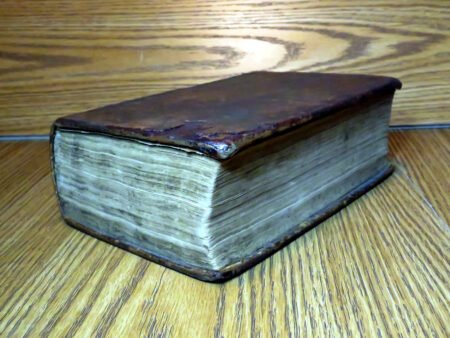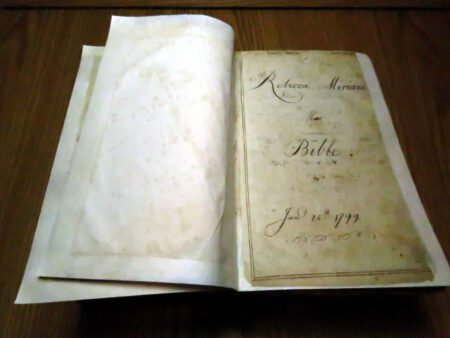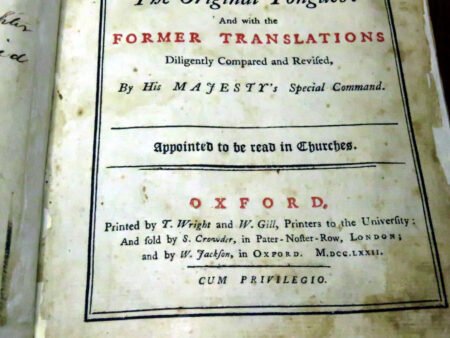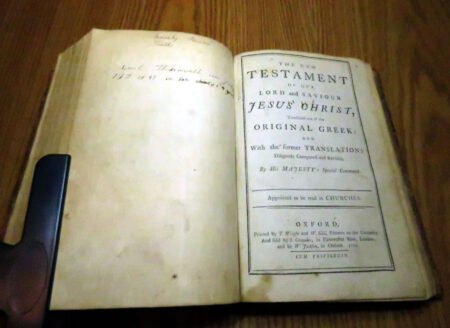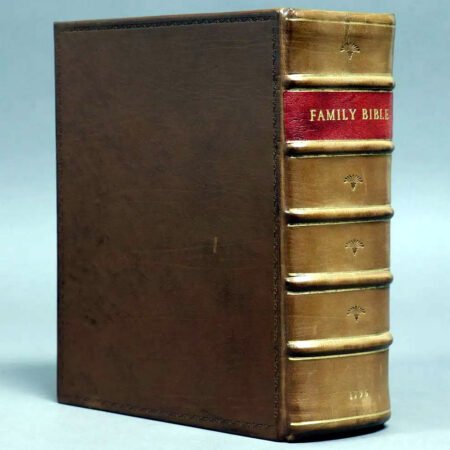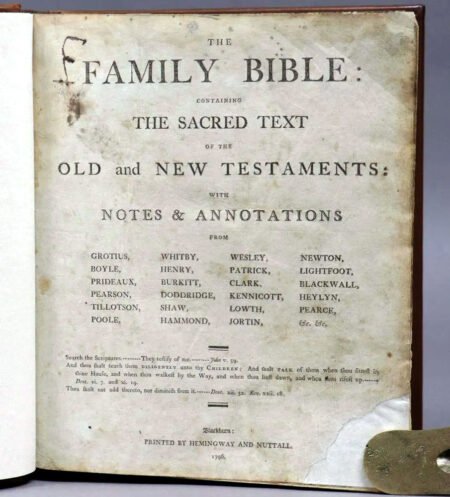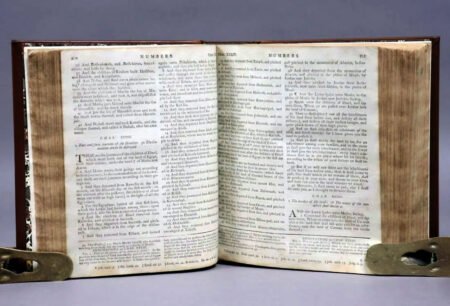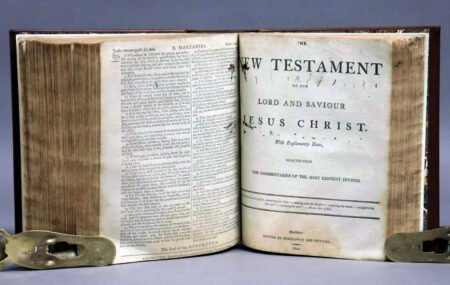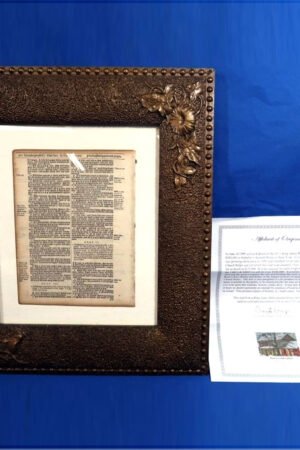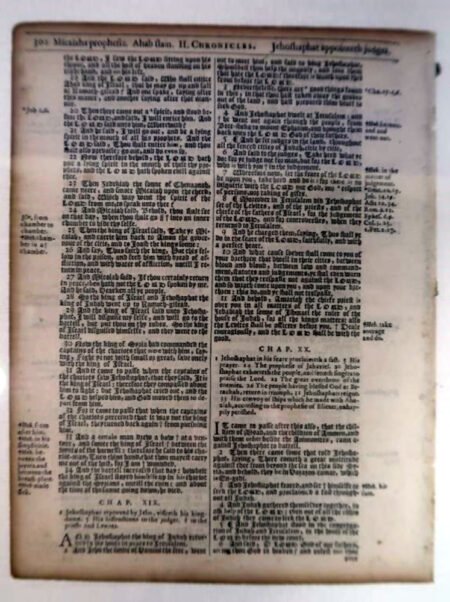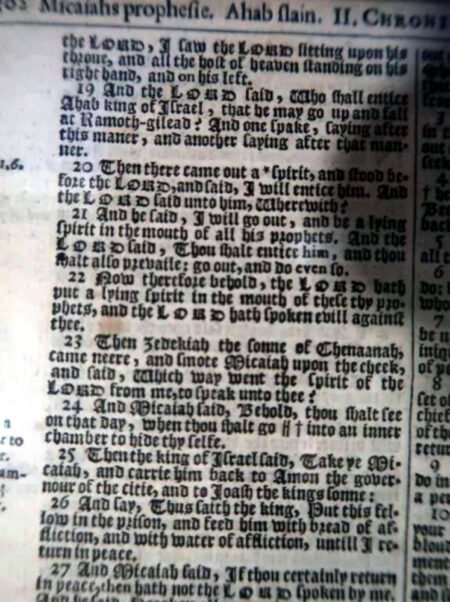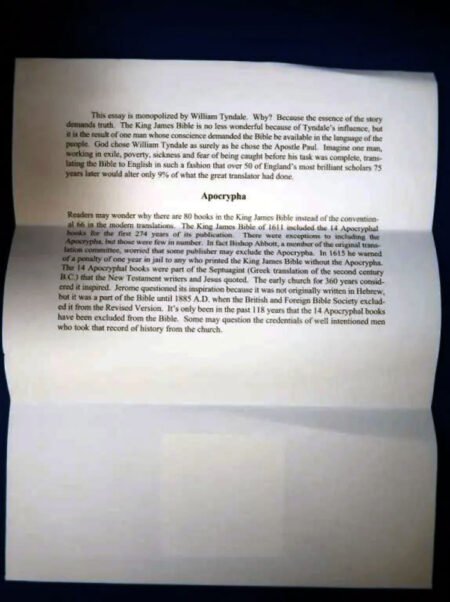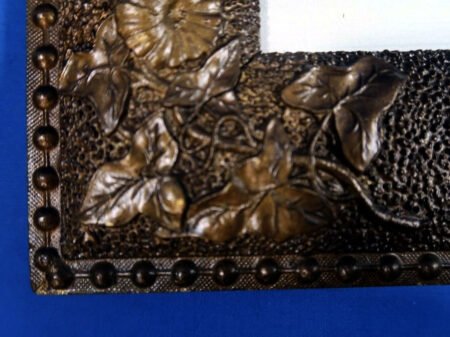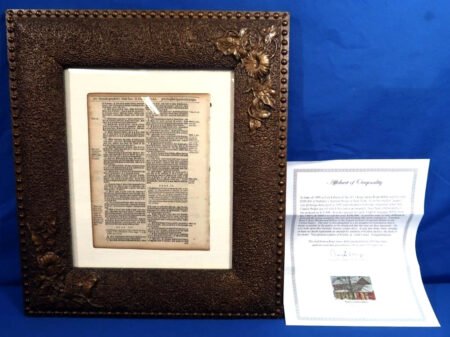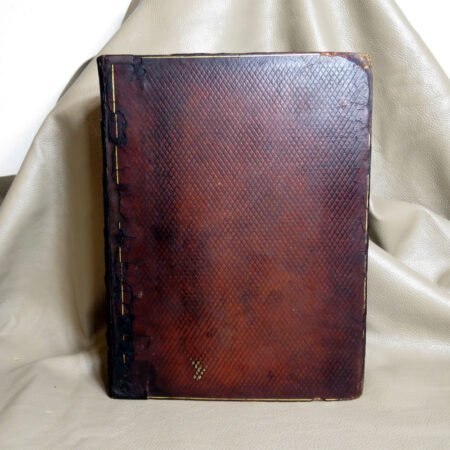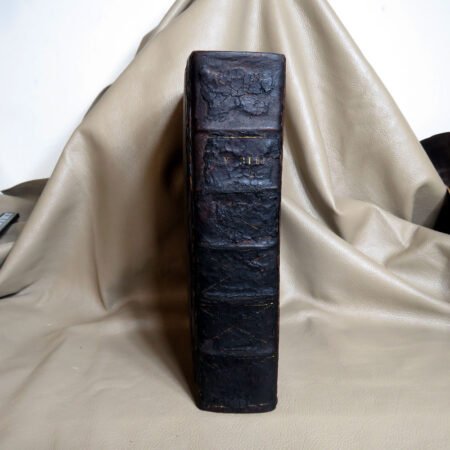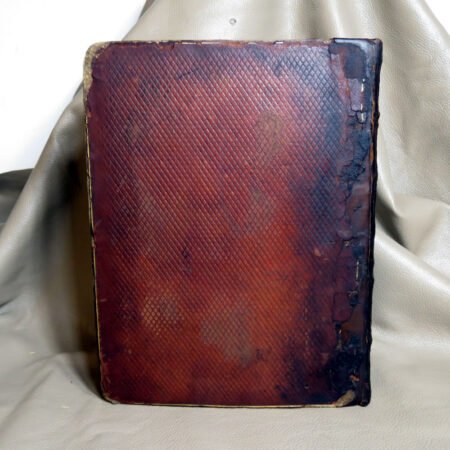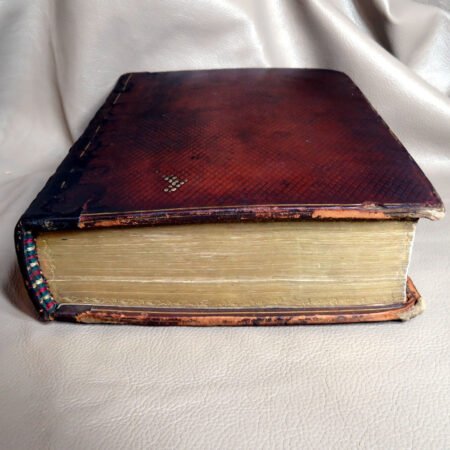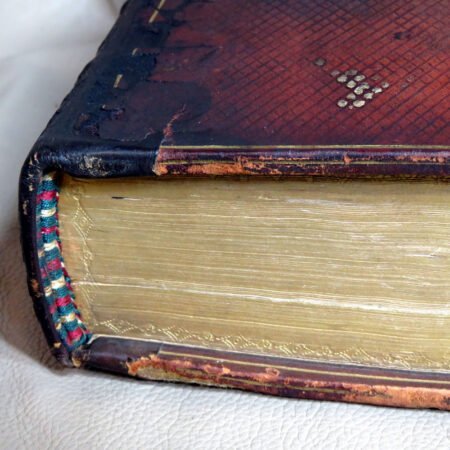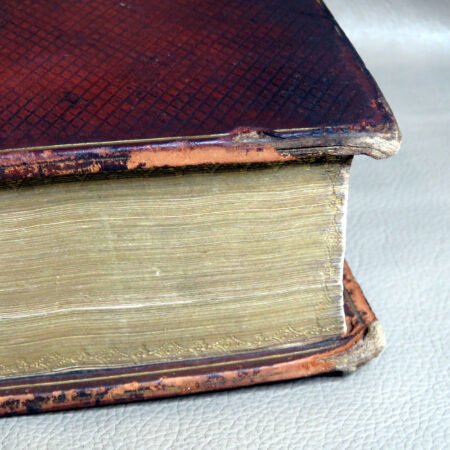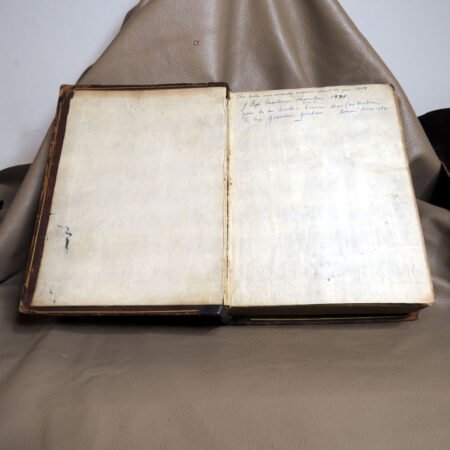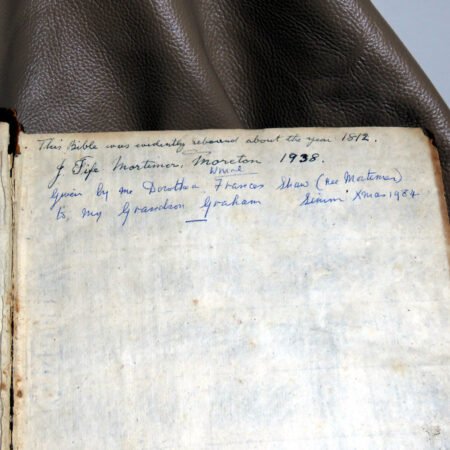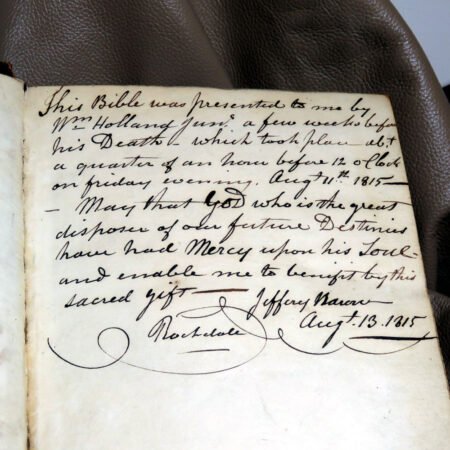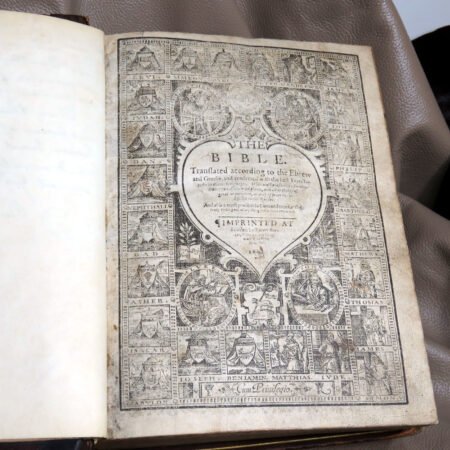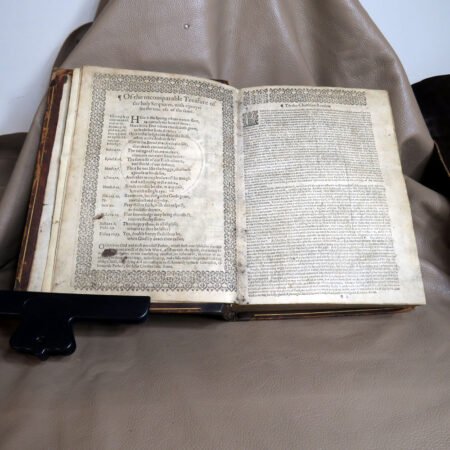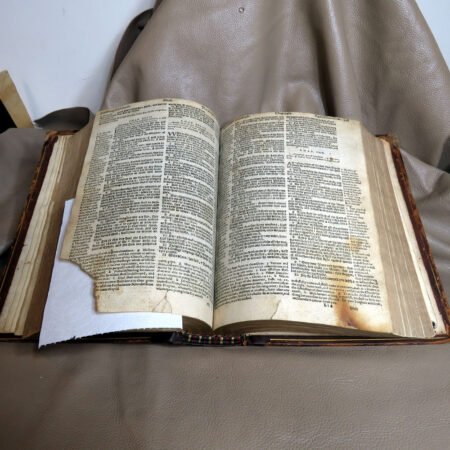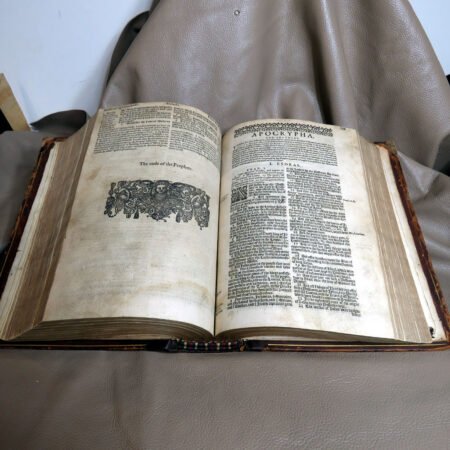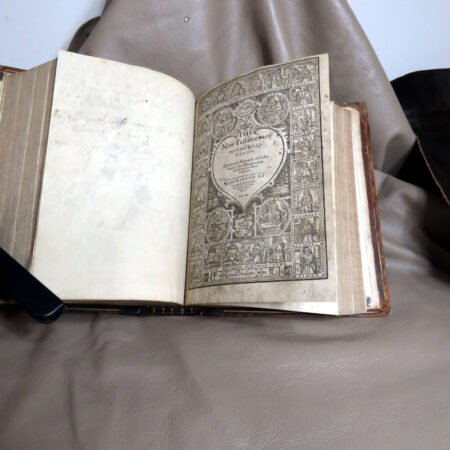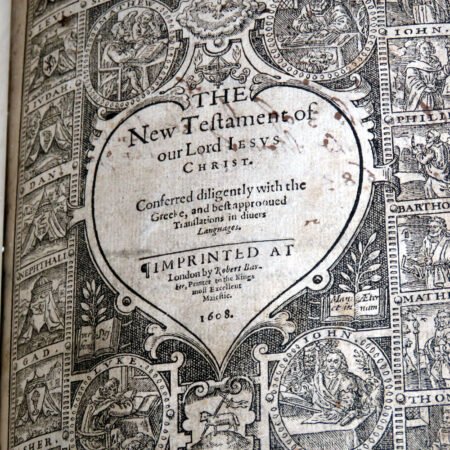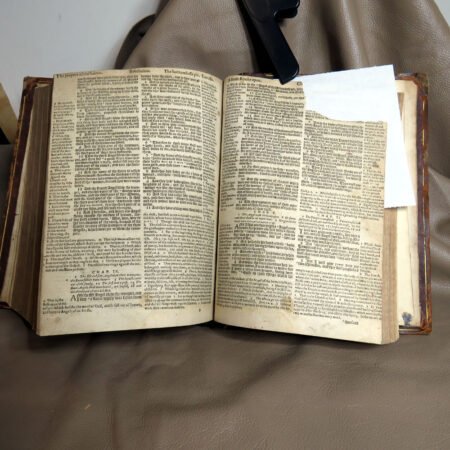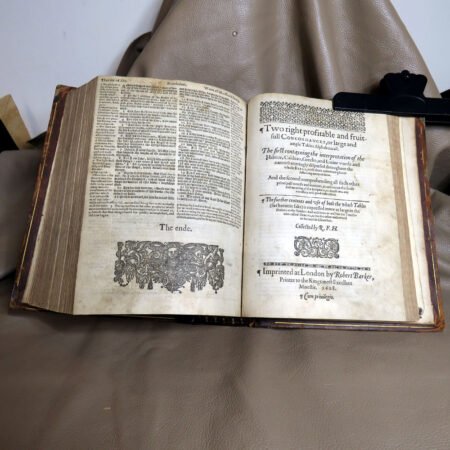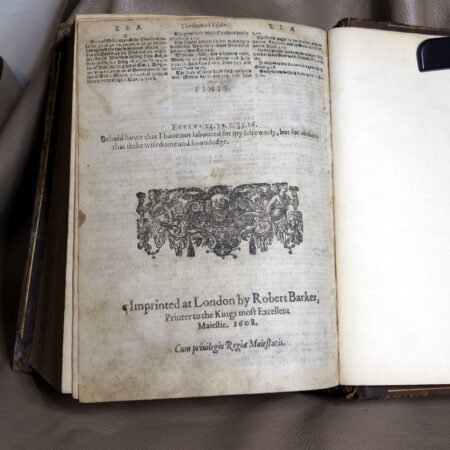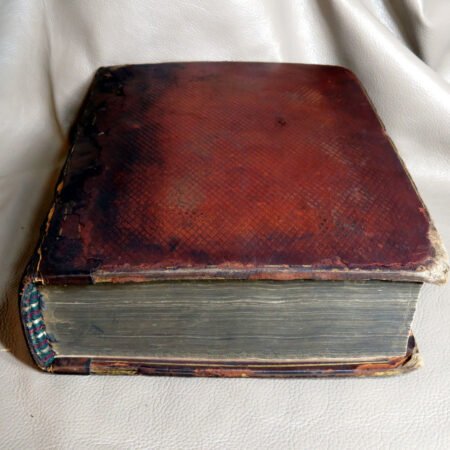Introduction to Bible Authentication
The authentication of rare bibles is a crucial aspect in the realm of historical manuscript studies, serving to uphold their integrity and significance. These ancient texts are not merely religious artifacts; they carry immense historical and sentimental value. The need for authenticity becomes paramount, especially when considering the various reproductions and variations that may have surfaced over the centuries. Without proper authentication, the true worth of these bibles can be obscured.

Authentication markers play an integral role in establishing the legitimacy of rare bibles. These markers can include various physical attributes such as the materials used in binding, printing techniques, ink compositions, and the presence of unique inscriptions or illustrations. Each of these elements can provide insight into the bible’s origins, including the specific century in which it was produced. By examining these components, scholars and collectors alike can ascertain whether a particular bible is indeed a genuine artifact from its purported era.
The significance of authentication extends beyond academic interest; it also holds substantial implications for collectors and institutions. Ensuring a bible’s authenticity not only safeguards its historical narrative but is also essential for its preservation and value. As the market for rare bibles continues to thrive, the presence of authentication markers becomes increasingly vital. This section will explore the various types of markers used in authentication, how they differ by century, and the methodologies employed in the authentication process. Understanding these concepts is crucial for anyone invested in the realm of rare bibles, whether for academic study, personal collection, or archival purposes.
16th Century Bibles: Key Authentication Features
The 16th century marked a significant era in the history of bibles, as it was during this period that major developments in printing technology, such as the introduction of movable type, allowed for the production of bibles on an unprecedented scale. The authentication of 16th-century bibles involves examining various critical features that distinguish these texts from others. Among these, the layout of the page is a primary marker. Bibles produced in this century often exhibit a two-column format, a characteristic that aids in identifying the specific time frame.
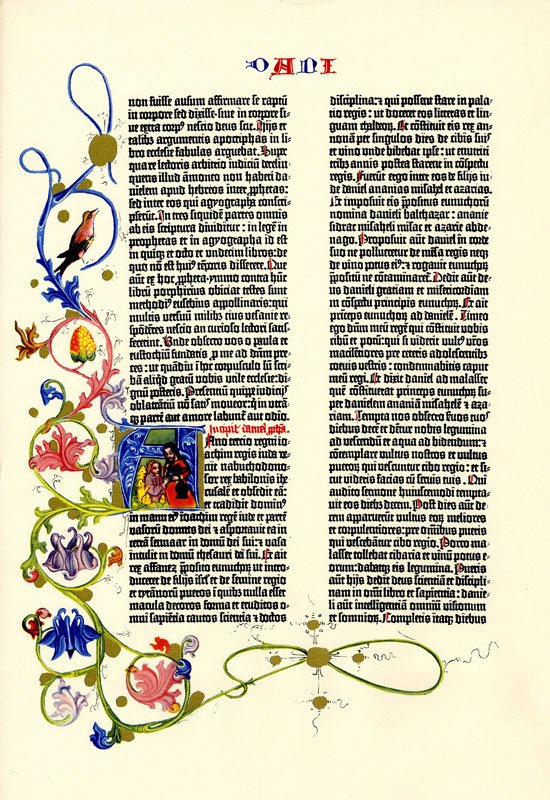
In addition to layout, the font styles utilized in 16th-century bibles are essential authentication markers. Many bibles from this period employed Gothic typefaces, which were prevalent until the advent of Roman types later in the century. Recognizing these typographical elements is crucial for those examining rare bibles, as they provide vital clues about the origin and age of each text.
Illustrations also play a significant role in authentication. Bibles from the 16th century were frequently adorned with woodcuts, engravings, and illustrations that not only served to illuminate the biblical text but also act as distinct markers. Such imagery can vary considerably, reflecting regional artistic styles, thus contributing to the authenticity assessment process. Furthermore, the quality of paper used in these bibles is another authentication indicator. Bibles from this era were often printed on handmade paper, characterized by its unique texture and thickness, which can vastly differ from later mass-produced equivalents.
Thus, by closely examining these features—layout, font styles, illustrations, and paper quality—collectors and scholars can effectively authenticate 16th-century bibles, ensuring a deeper understanding of their historical context and significance.
17th Century Bibles: Notable Distinctions
The 17th century marked a significant period in the evolution of biblical texts, characterized by notable distinctions in both appearance and production techniques. During this century, various changes in typesetting and printing processes emerged, establishing a new standard for rare bibles. The introduction of advanced printing presses facilitated greater intricacy in type design, allowing for more legible and visually appealing texts. This technological advancement not only influenced the aesthetic of the bibles but also their authenticity as rare artifacts.

Another prominent feature of 17th-century bibles is the inclusion of elaborate engravings and decorative titles. Many editions produced during this period showcased ornate illustrations that not only served as artistic embellishments but also as authentication markers. These engravings often depicted biblical scenes or figures, underscoring their significance within the text. The craftsmanship involved in producing these illustrations added an additional layer of value to these bibles, making them objects of both spiritual and artistic importance.
Furthermore, the linguistic shifts occurring throughout the 17th century played a crucial role in the authentication of bibles. As languages evolved and regional dialects became more pronounced, the vernacular used in biblical texts began to differ. This diversification often reflected cultural and theological differences, providing a unique context to the authentication of bibles from this era. The use of styles such as Early Modern English, particularly in the King James Version, became defining features of the time, influencing future translations and contributing to the rare nature of such texts.
As a result, the 17th century stands out not only for its technological innovations and aesthetic achievements but also for the evolving linguistic landscape, making these bibles significant artifacts of religious and cultural history.
18th Century Bibles: Features and Commonalities
The 18th century marked a significant period in the history of biblical texts, characterized by advancements in printing technology as well as evolving artistic styles. Authentication of rare bibles from this era requires an understanding of the unique features and commonalities that can indicate authenticity versus reproduction. One major development during this time was the shift from hand-press to machine printing, which began to impact the quality and consistency of printed texts.

Authentic 18th-century bibles often display particular markers that can aid in the authentication process. For instance, the typeface and paper quality used in genuine bibles will differ from later reproductions. Bibles produced in this century were typically printed on heavier paper, which gives them a distinct feel and durability compared to their more modern counterparts. It is essential to closely examine the texture and thickness of the pages; many original bibles will show signs of aging, such as slight yellowing or foxing, that add character and provenance.
In addition to the physical characteristics of the paper, the binding style is another area where collectors can authenticate these texts. Genuine bibles of the 18th century often feature leather bindings, with ornate tooling and gilding, which exhibit the craftsmanship of the time. It is common to find the presence of ribbed spines, an indicator of a quality binding technique that requires careful inspection when establishing authenticity. Additionally, the presence of specific illustrations or maps that were characteristic of bibles printed in that century can also serve as hints for authentication.
As printing technology evolved, so did the methods employed by counterfeiters, making it essential to be knowledgeable about these nuances. Correctly identifying the various elements, such as the type of illustrations and textual features, can significantly bolster one’s ability to discern authentic bibles from reproductions and ensure that collectors and enthusiasts appreciate the significance of 18th-century biblical texts.
19th Century Bibles: Recognizing Authenticity
The 19th century marked a significant period for the printing and distribution of bibles, resulting in a myriad of unique editions that hold great value for collectors and scholars alike. To ensure the authenticity of these rare bibles, one must pay close attention to several key markers specific to this era. These features can be crucial in distinguishing genuine copies from reproductions or modern imitations.
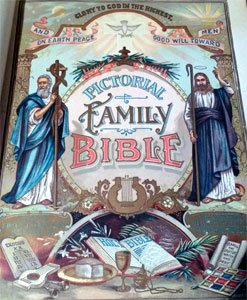
One of the primary methods for assessing a 19th-century bible’s authenticity is through its physical attributes. For instance, one should examine the binding materials, the texture of the pages, and the type of ink used. Bibles from this century were often bound in leather or cloth, and the print quality typically reflects the technological advancements of the time. Collectors should also look for any unique embellishments, such as gilt lettering on the spine or embossed motifs on the covers, which can serve as authenticating markers.
Another critical area of focus is the title page and copyright details. Many authentic bibles from the 19th century include publisher information and dates, often printed in a specific font characteristic of that period. Recognizing these subtle distinctions can aid in verifying a bible’s authenticity. It’s equally important to be aware of potential printer’s errors that may have occurred during production. Such errors, while often seen as defects, can enhance a bible’s rarity and authenticity; they serve as distinctive identifiers that enhance its provenance.
In navigating the world of rare bibles, an understanding of these authenticity markers is essential. Spotting printer’s errors and recognizing the physical characteristics unique to 19th-century bibles can assist collectors in their quest for genuine artifacts. Authenticity in bibles not only preserves historical significance but also enriches the understanding of their role in religious and cultural contexts. In conclusion, diligence in recognizing these features ensures the integrity and value of rare bibles from this century.
20th Century Bibles: Evolution of Markers
The 20th century marked a significant turning point in the production and dissemination of bibles, particularly with respect to authentication markers that arose during this period. The advent of advanced printing technology facilitated a shift towards mass production, leading to more accessible bible copies, which subsequently influenced the market for rare bibles. The introduction of photolithography allowed for the rapid reproduction of texts while preserving intricate designs, enabling publishers to produce bibles faster than ever before.
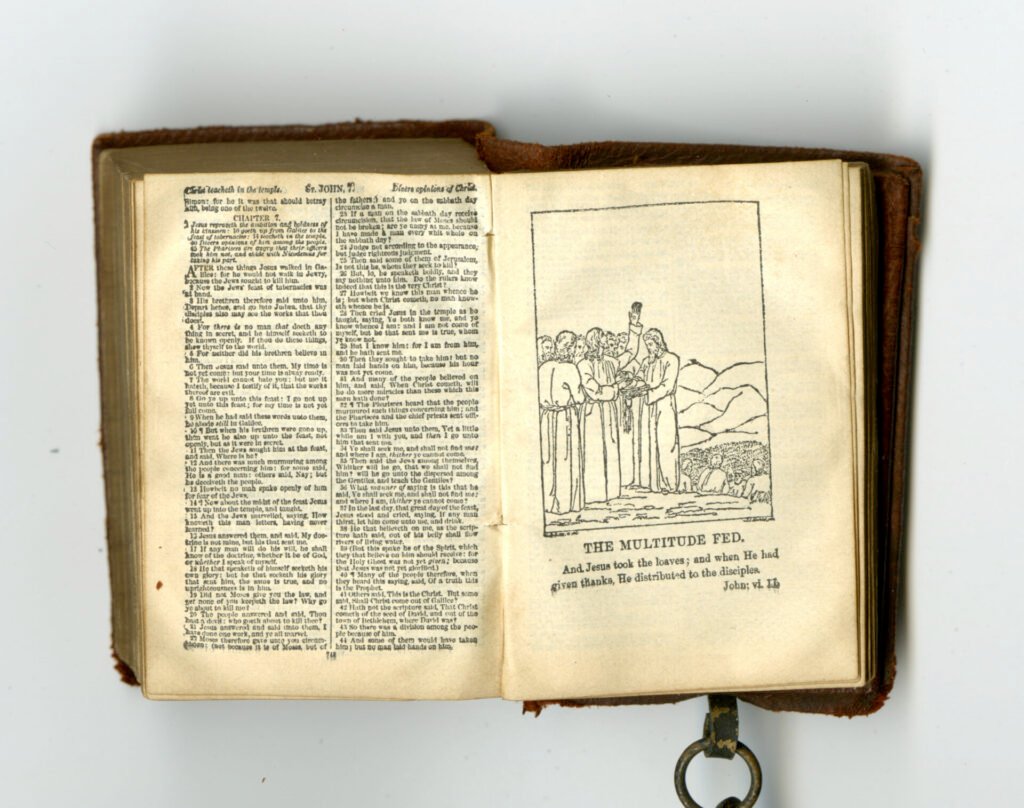
With the rise of commercial printing methods, publishers began to incorporate various authentication features into their bibles, aimed at distinguishing them from the increasing number of reproductions flooding the market. Watermarks became a common technique, as unique symbols were embedded in the paper during manufacturing. Such markers not only served as a verification tool for the original documents but also enhanced the elegance and perceived rarity of the bibles themselves.
Moreover, the 20th century saw the birth of specialized bibliographic catalogs that documented rare bibles, creating a more structured way for collectors and scholars to assess authenticity. This marked a departure from traditional methods of authentication, where physical traits could often be subtle and complex to identify. Catalogs contained detailed descriptions of rare editions, including their publication dates, formats, and any unique features, thus enhancing their authentication process.
In terms of aesthetics, the gold-leaf stamping technique emerged as a popular method for embellishing the covers of rare bibles. Such decorative elements became an essential marker of value and authenticity, as gilt-edged bibles were considered prestigious and sought after. The interplay between technology and artistry in this era enabled not only the production of visually appealing works but also reinforced the historical significance of authentic bibles. As time progressed, the combination of modern techniques and traditional craftsmanship set an evolving standard for authentication markers in rare bibles, bridging historical practices with contemporary needs.
Common Reproduction Warning Signs Across Centuries
In the world of rare bibles, distinguishing between authentic texts and reproductions is crucial for collectors and scholars alike. As the demand for these historical items increases, the market has unfortunately seen a rise in counterfeit versions. Understanding the common signs of reproduction is essential for anyone looking to authenticate their collection effectively.
One of the most significant markers of reproduction is the binding of the bible. Authentic bibles from earlier centuries typically feature high-quality materials and craftsmanship. If the binding looks unusually new, lacks the typical wear and tear, or uses modern adhesives, it may very well be a reproduction. Reproductions often cut costs, opting for mass-produced bindings that fail to exhibit the unique characteristics of older texts.
Another warning sign is the presence of engravings. Genuine bibles from various centuries exhibit a level of pitting and wear consistent with their age. If one encounters engravings that appear overly smooth or pristine, this could indicate that such bibles are reproductions. Collectors should also pay close attention to the type of ink used. For instance, metallic inks that were not prevalent before the 19th century may serve as a red flag suggesting that a bible is not authentic.
Additionally, examining the physical condition of the paper is crucial. Genuine bibles, especially those printed in the 16th and 17th centuries, tend to have a certain thickness and texture, often bearing watermarks characteristic of their time. If an individual’s examination yields unusually lightweight paper with modern characteristics, potential reproduction should be considered.
In conclusion, identifying warning signs such as bindings, engravings, and paper quality can significantly aid collectors in distinguishing authentic rare bibles from reproductions. Being well-informed about these markers is critical in preserving the integrity of historical collections and enhancing the appreciation of their cultural significance.
Printer’s Errors as Unique Identifiers
Throughout the history of printing, especially during the early centuries of the press, inadvertent errors made by printers have played a significant role in the authentication of rare bibles. These mistakes, known as printer’s errors, are unique identifiers that can greatly aid scholars and collectors in determining both the authenticity and the era of a particular bible. When examining printed works from diverse centuries, various types of common errors can be observed, each offering insights into their period of production.

During the 16th and 17th centuries, for instance, typesetting errors occasionally occurred due to the manual nature of the process. Such errors could range from missing letters to entire words being swapped, leading to notable phrases being altered. One famous example is the King James “Wicked Bible,” published in 1631, which contained the misprint of “thou shalt commit adultery” instead of the correct text. This particular error not only serves as an intriguing anecdote but also acts as a critical marker for the authentication of that specific edition. Collectors and historians especially seek such distinguishing details, as mistakes often align with particular printing techniques or methods that emerged within specific decades.
As printing technology advanced through subsequent centuries, the nature of errors evolved. By the 19th century, the introduction of more sophisticated machinery facilitated cleaner prints, albeit new forms of errors emerged. For example, a common error involved the incorrect alignment of text, causing lines to overlap or skew, which can provide evidence of print runs and editions. Analyzing these printer’s errors can be invaluable for those involved in rare bible authentication, as they encapsulate a tangible link to the printing practices of the time, thus reinforcing the historical significance of the text.
Conclusion: The Importance of Authentication in Rare Bibles
In the realm of rare bibles, authentication serves as a cornerstone for collectors, historians, and bibliophiles alike. The unique markers and characteristics intrinsic to each century’s bibles allow for a meticulous examination that can reveal invaluable insights into their origins, cultural significance, and historical context. As discussed throughout this blog post, the various authentication techniques provide a robust framework for establishing a bible’s legitimacy, ensuring that collectors can engage confidently with these sacred texts.
Understanding the authentication process is crucial, particularly in a market where the demand for rare bibles often eclipses supply. Knowledge about the specific markers that discern authentic bibles from reproductions or forgeries is imperative for anyone involved in this field. By relying on established methodologies—from stylistic evaluations to scientific examinations—collectors can not only ascertain a bible’s authenticity but also appreciate its intricate history and the myriad factors that have influenced its preservation through the centuries.
Furthermore, recognizing the importance of authentication fosters a deeper connection between modern readers and historical documents. Each rare bible represents a tangible link to its past, encapsulating centuries of interpretation, faith, and socio-political dynamics. Engaging with these works encourages a broader appreciation for the rich narratives they contain, allowing us to understand the diverse ways in which religious texts have shaped societies over the years. As collectors and scholars continue to explore the intricacies of rare bibles, the commitment to authentication will remain a vital pursuit, ensuring that the legacy of these remarkable artifacts endures for future generations to explore and admire.
